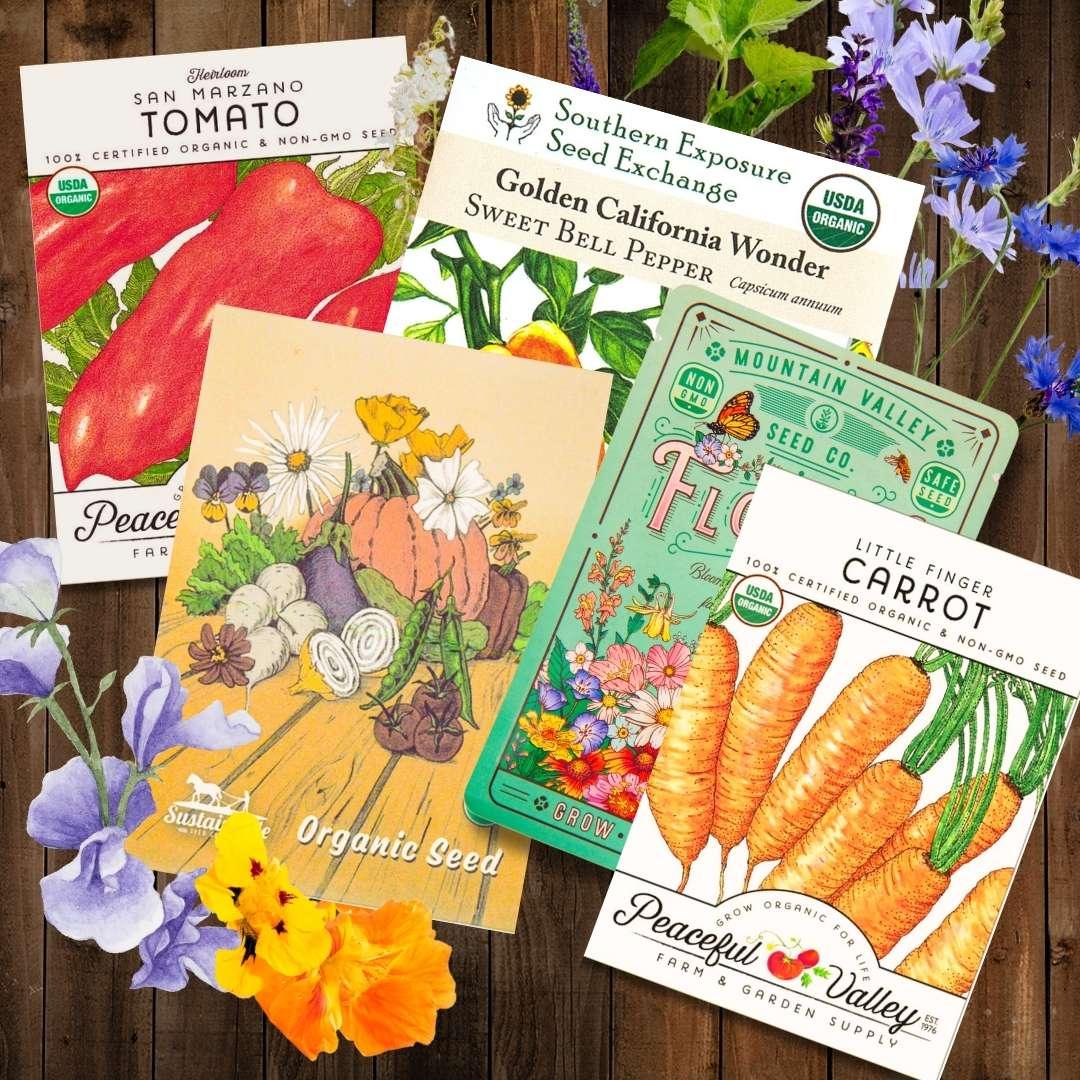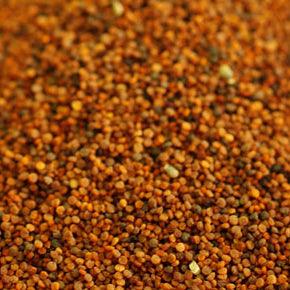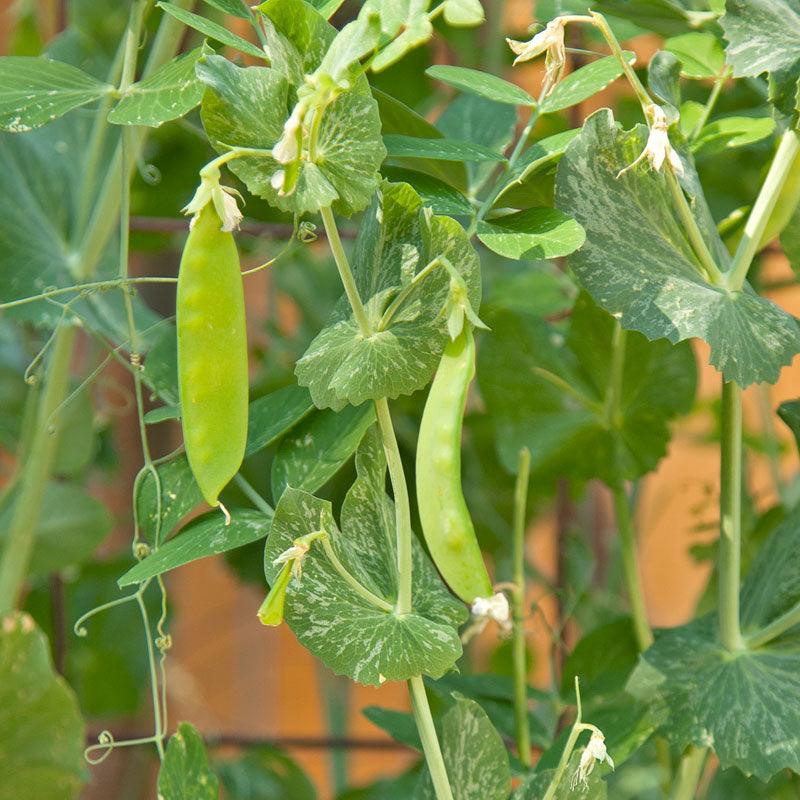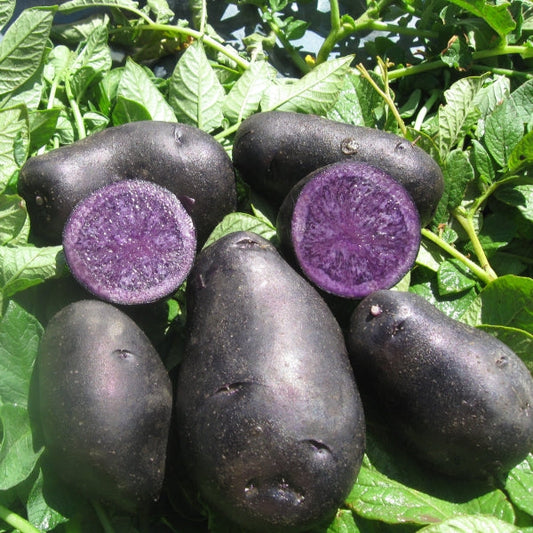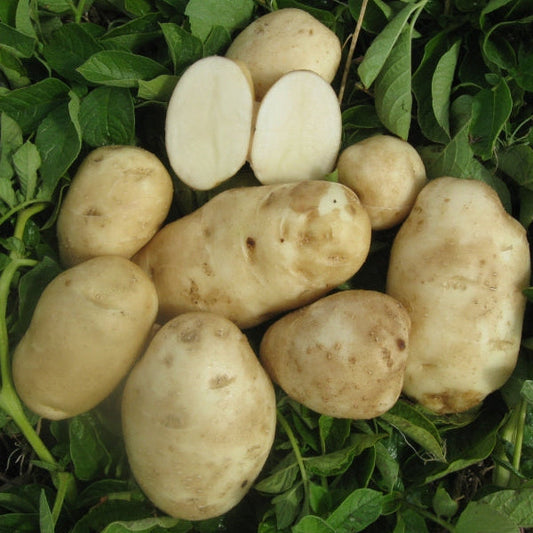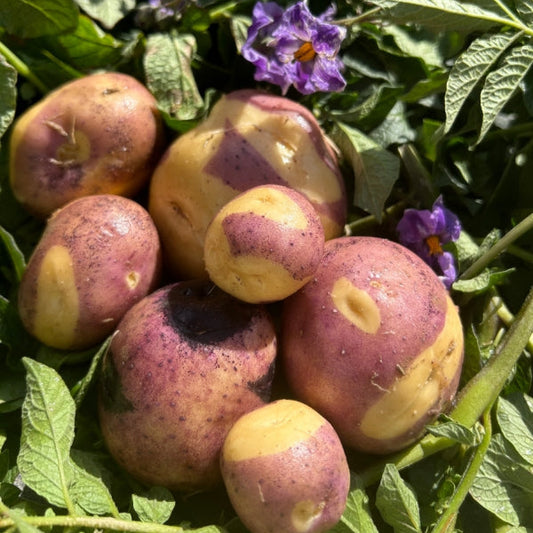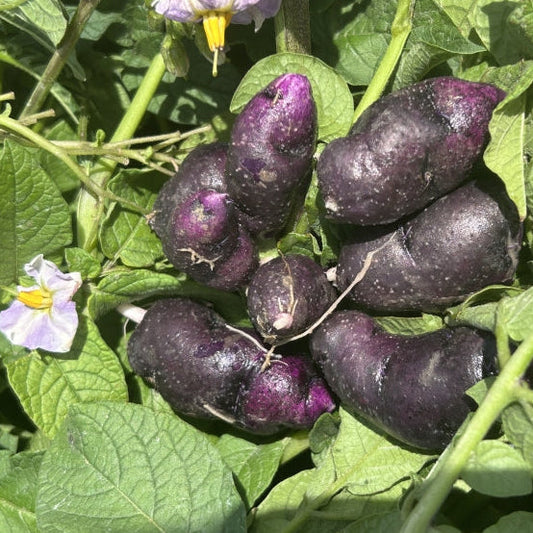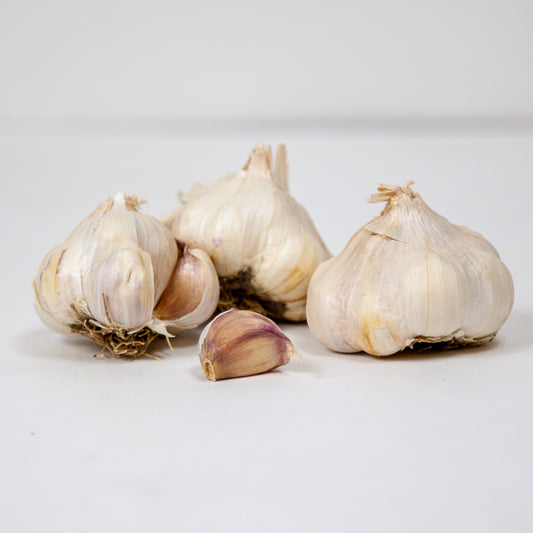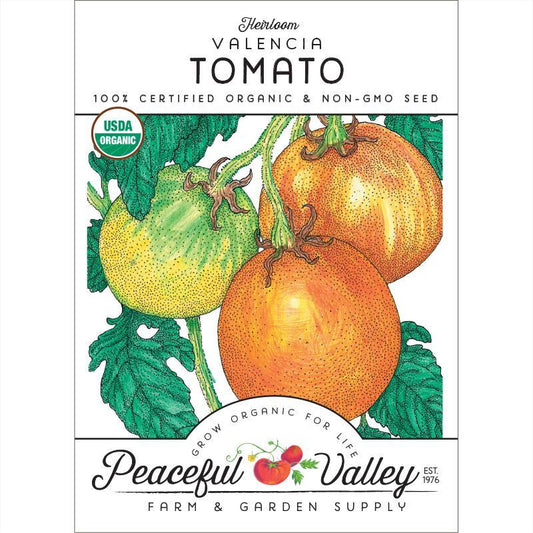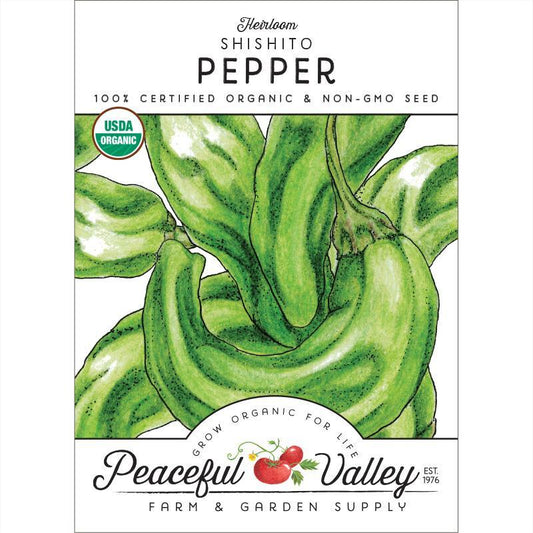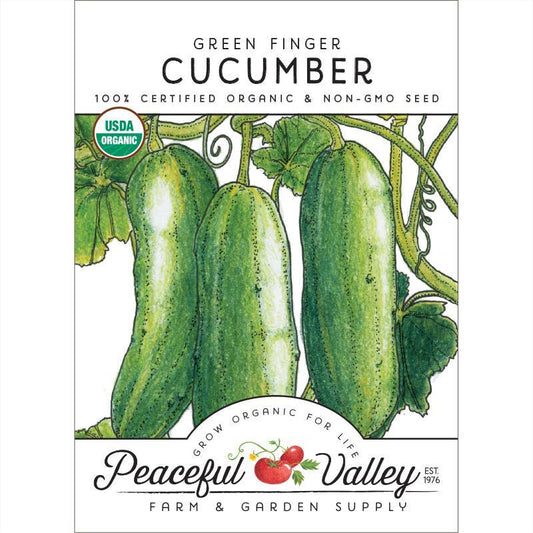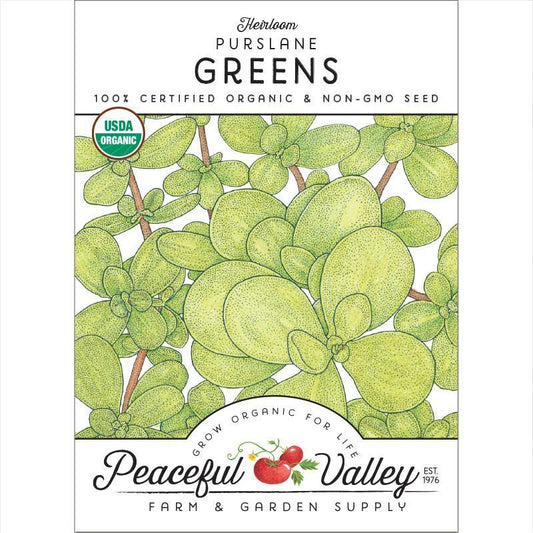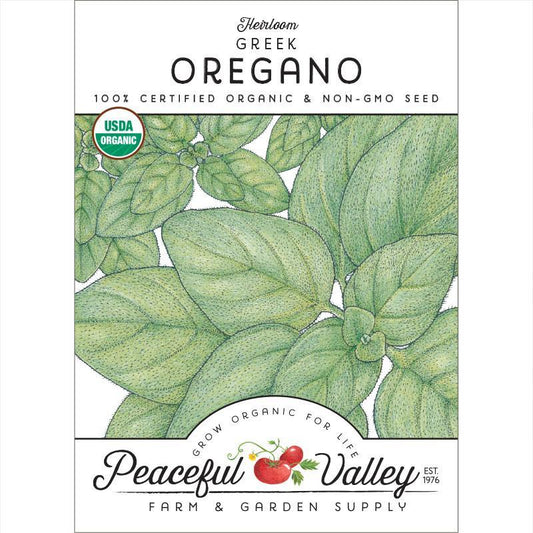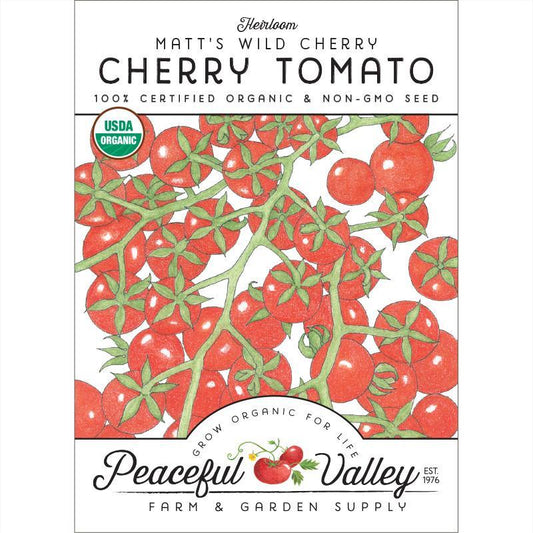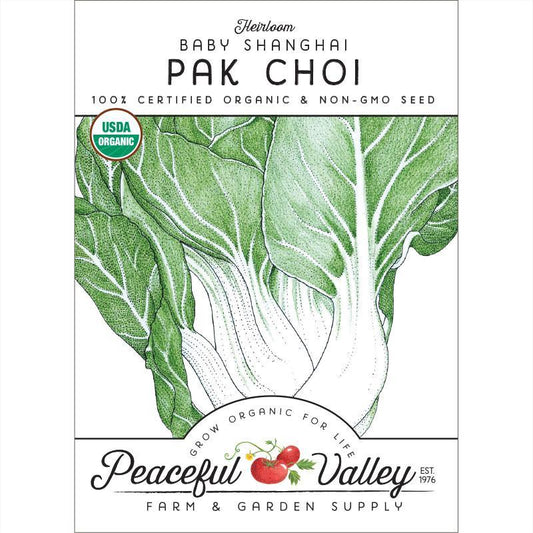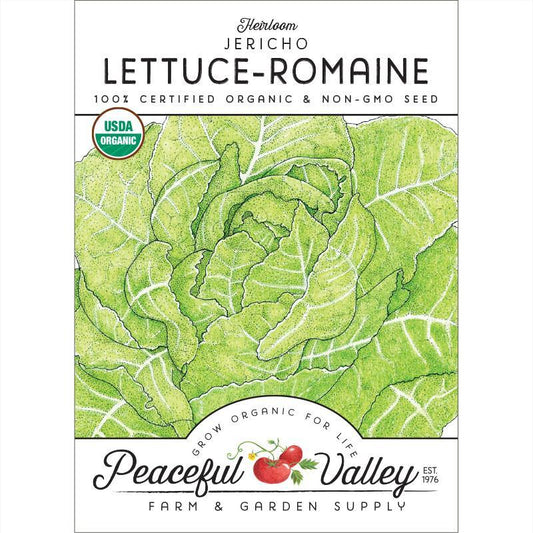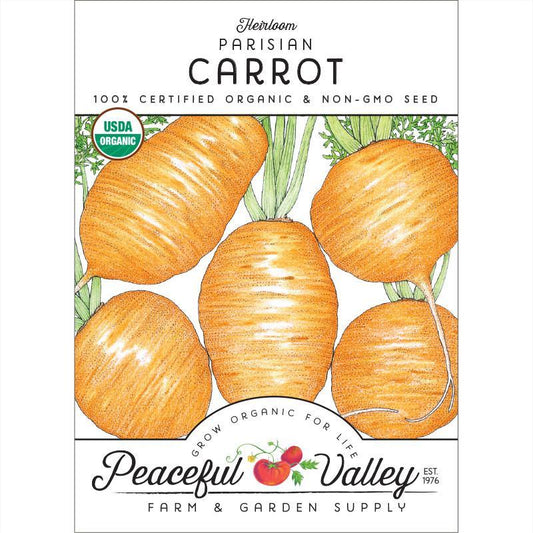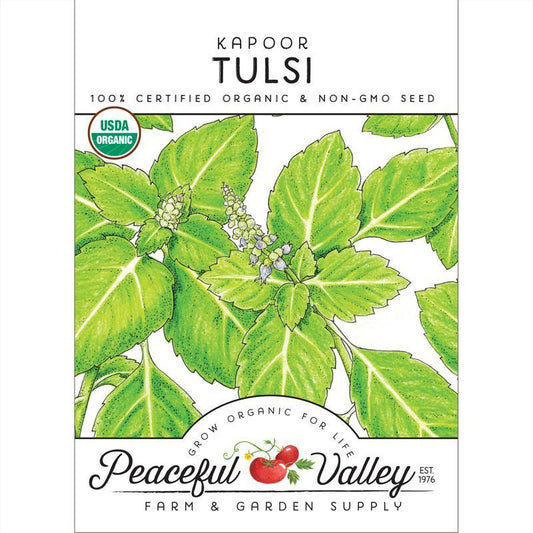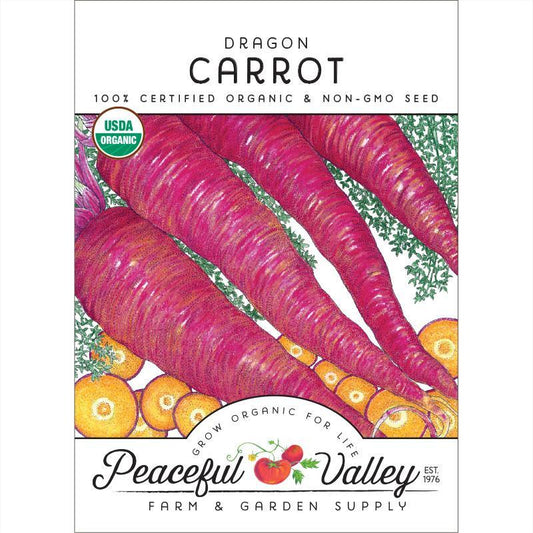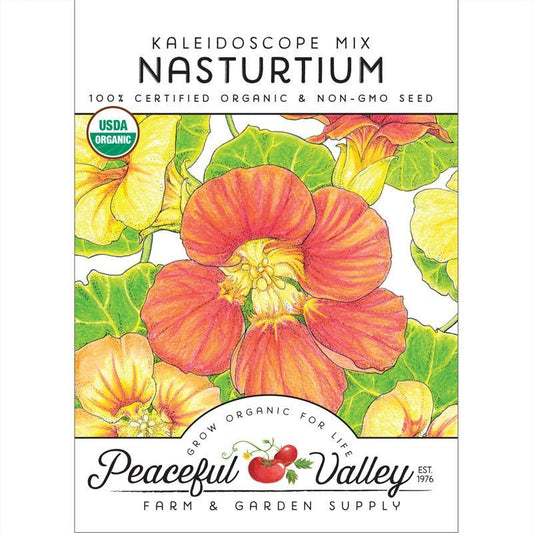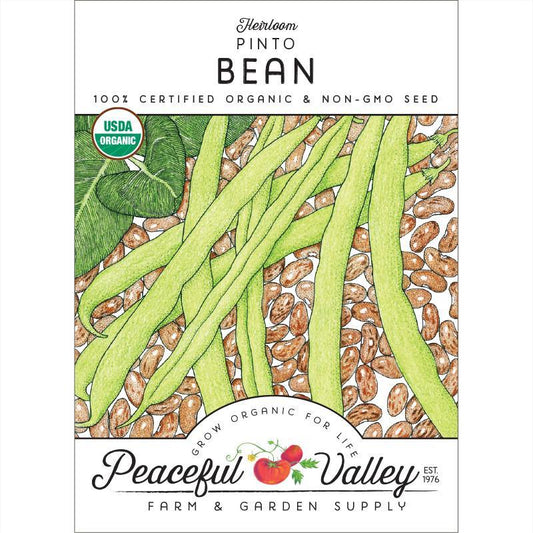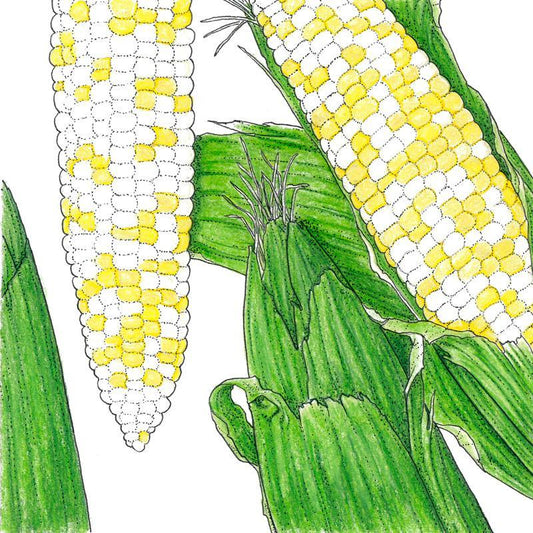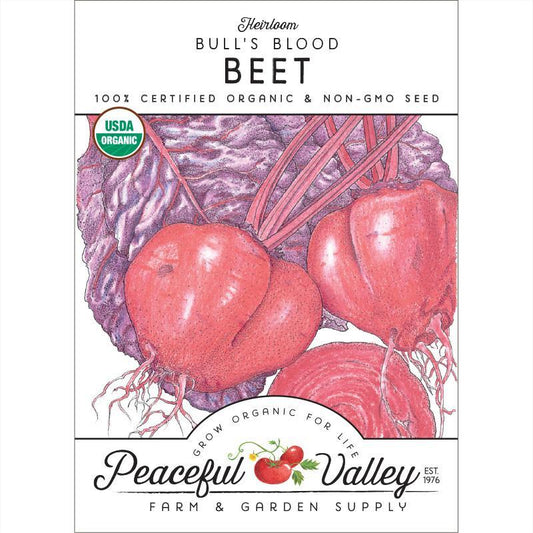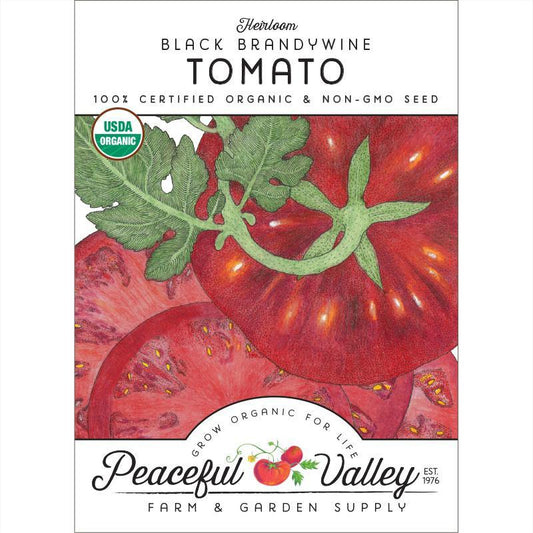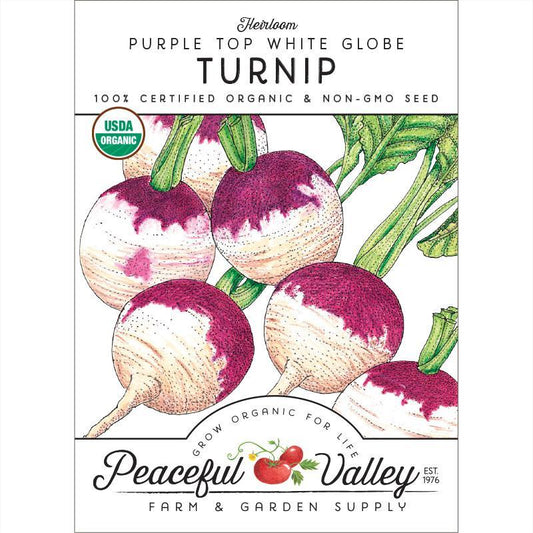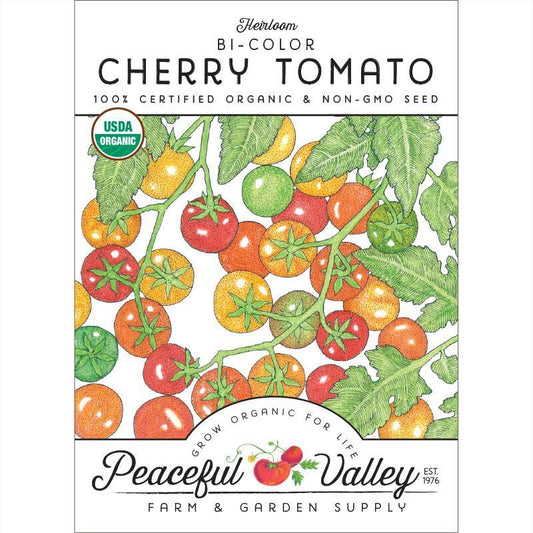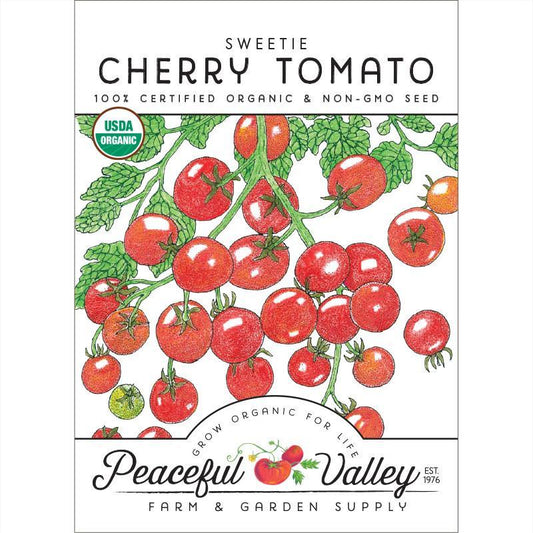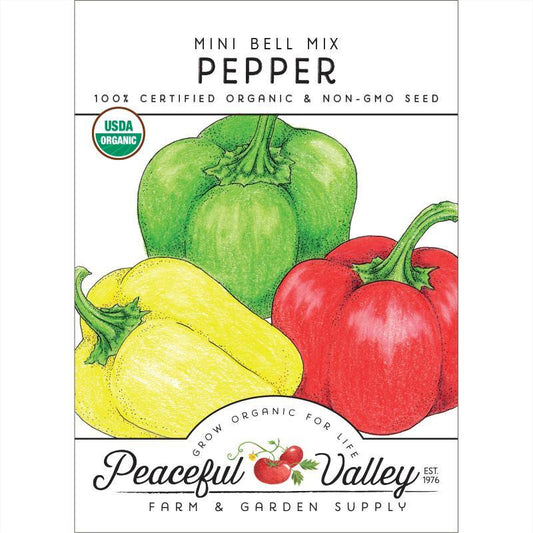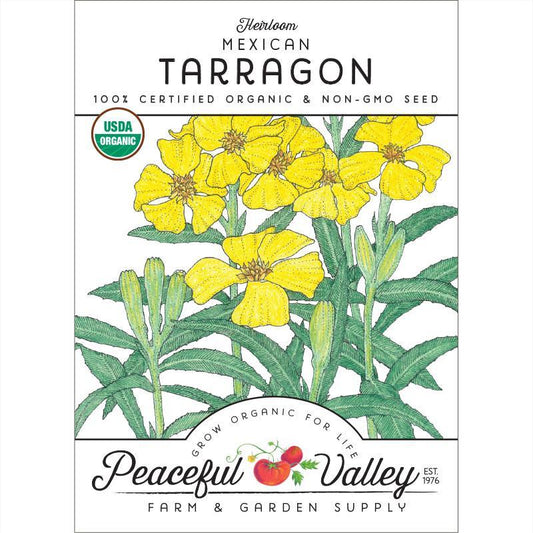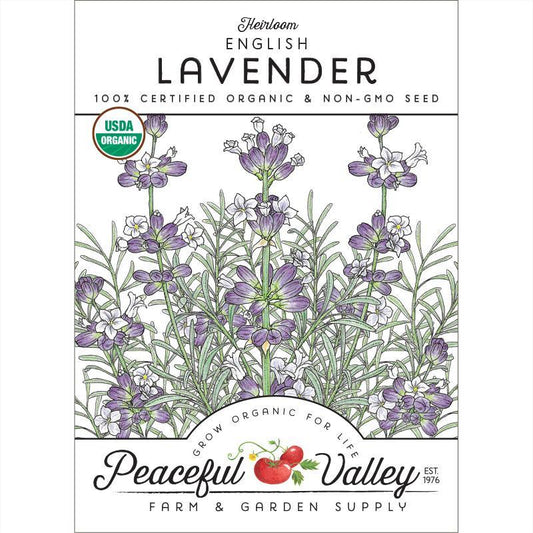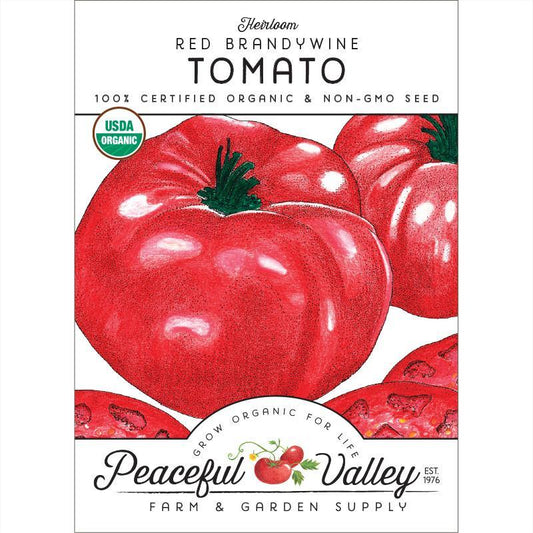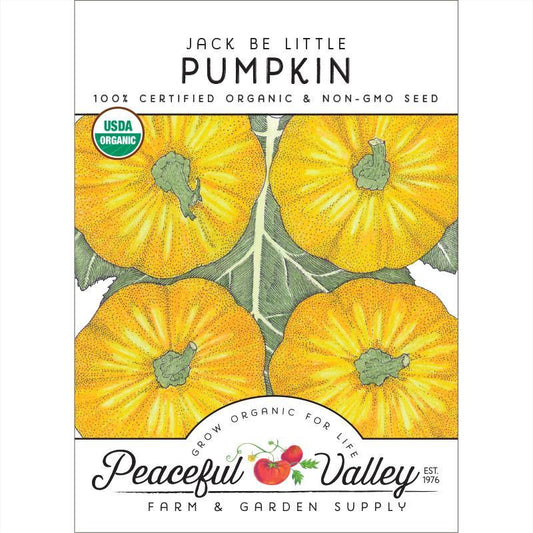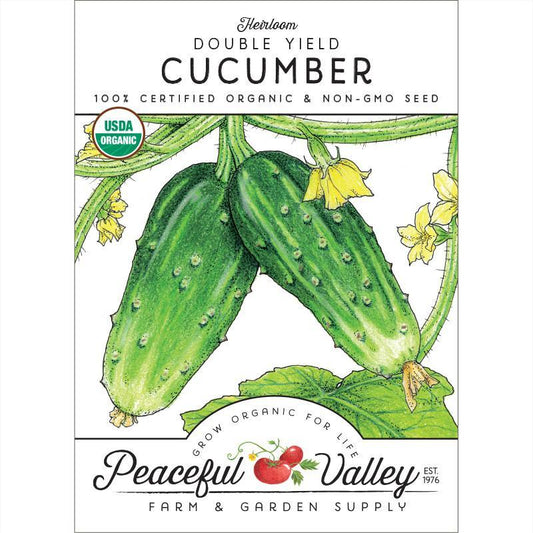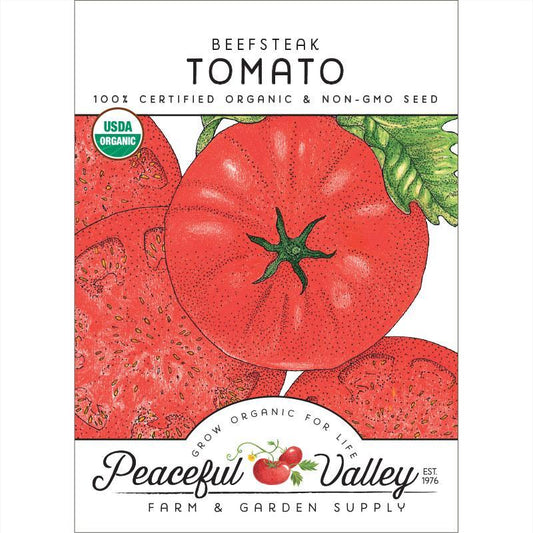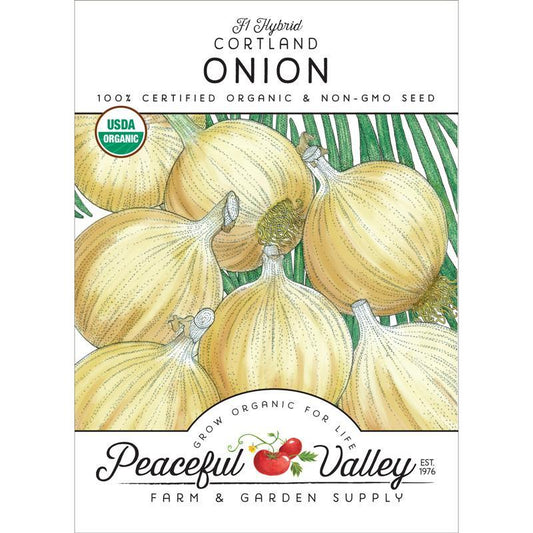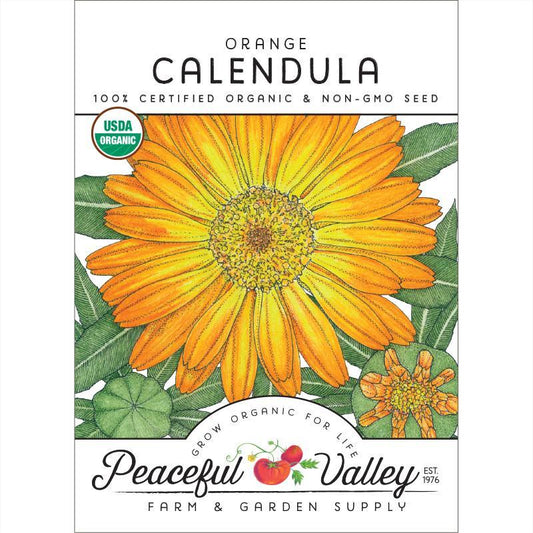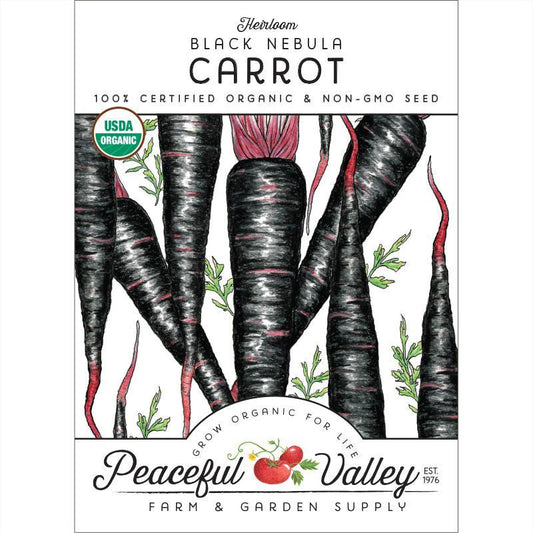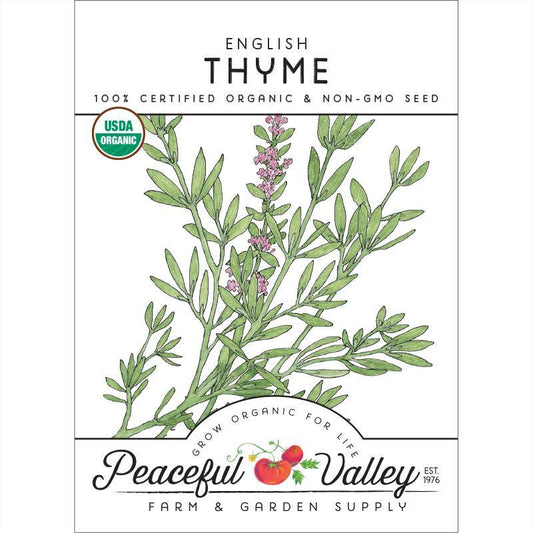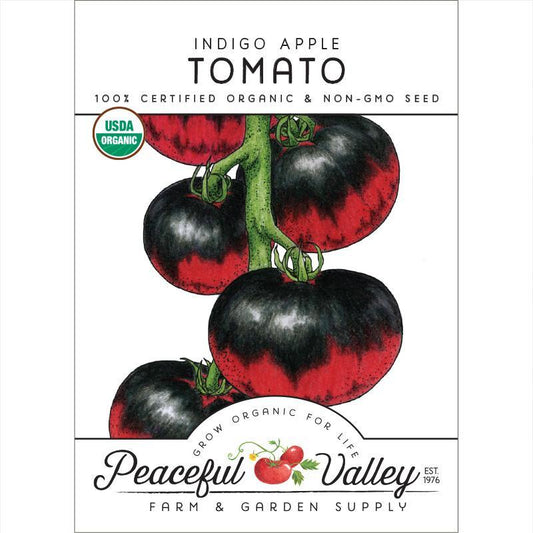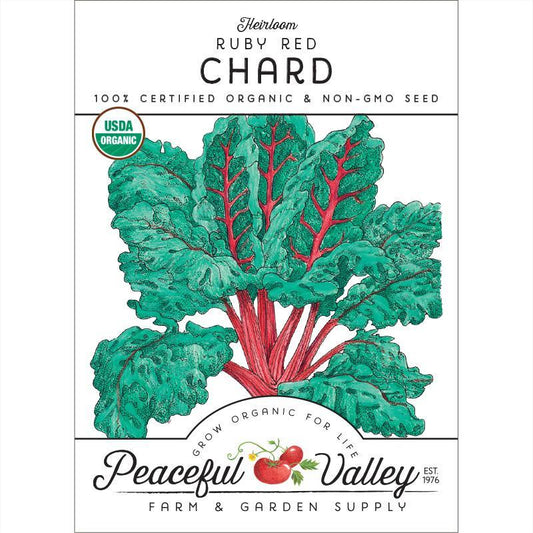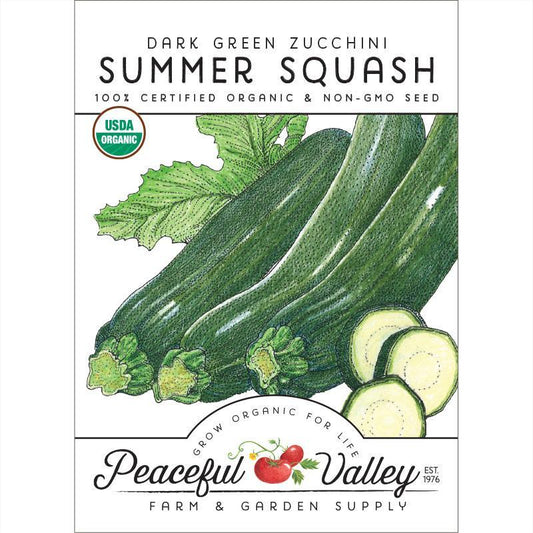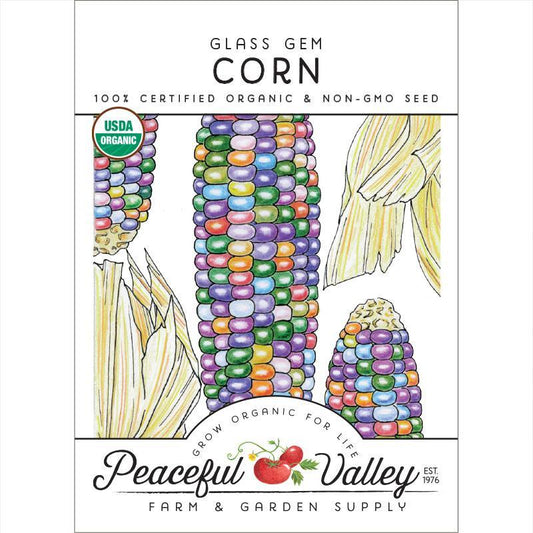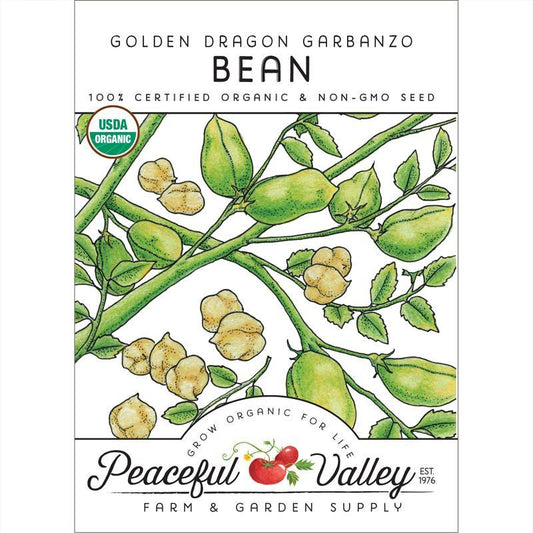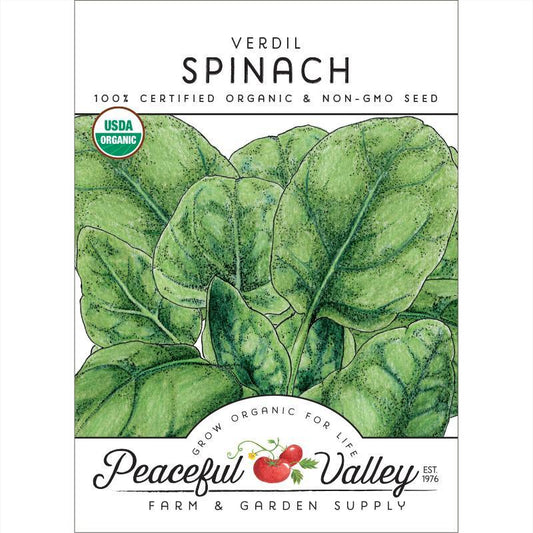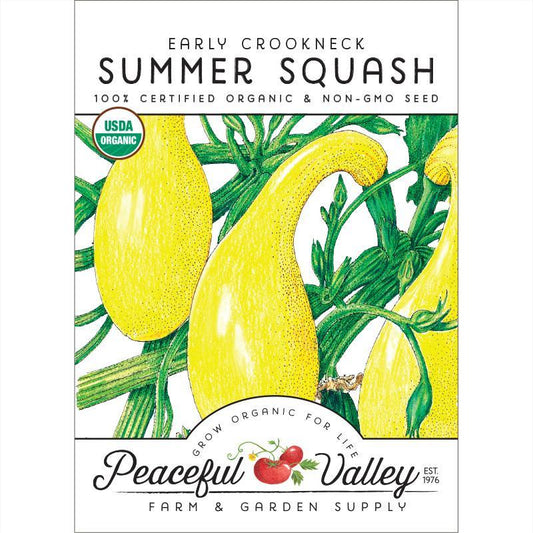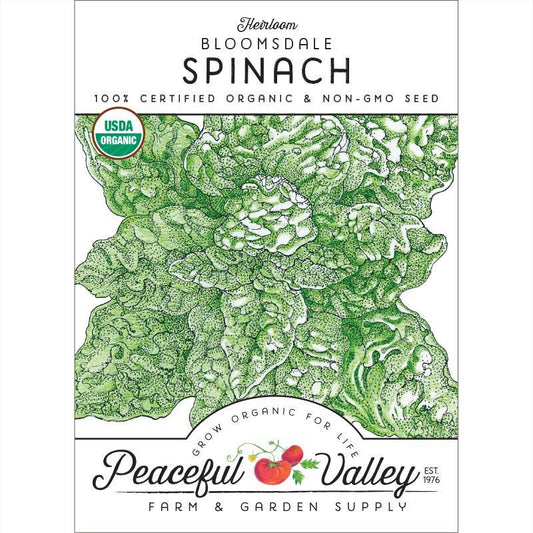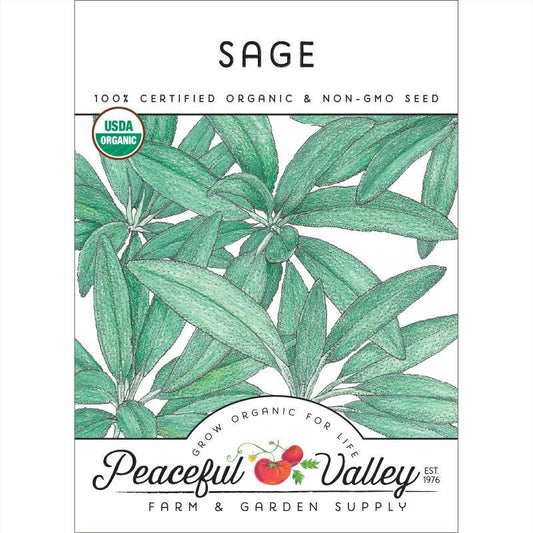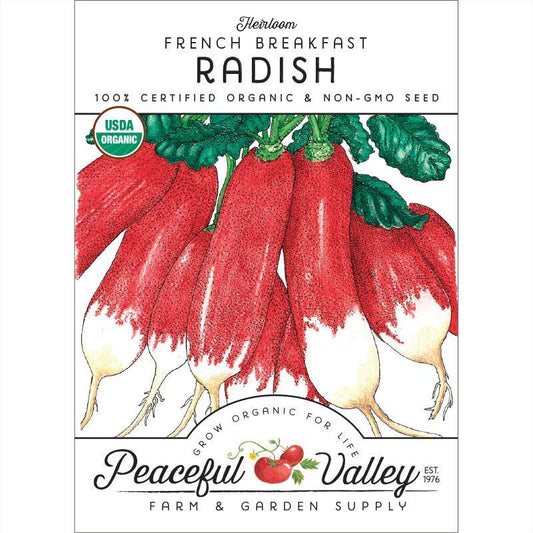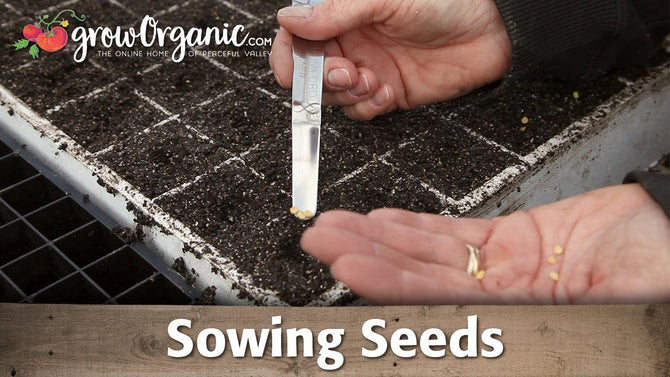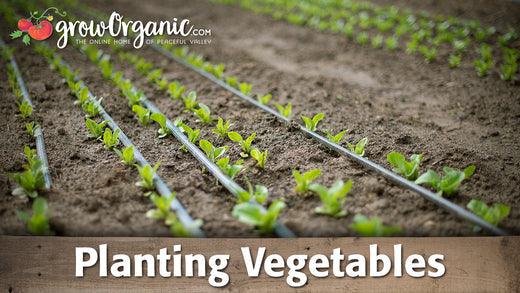Vegetable Seeds
-
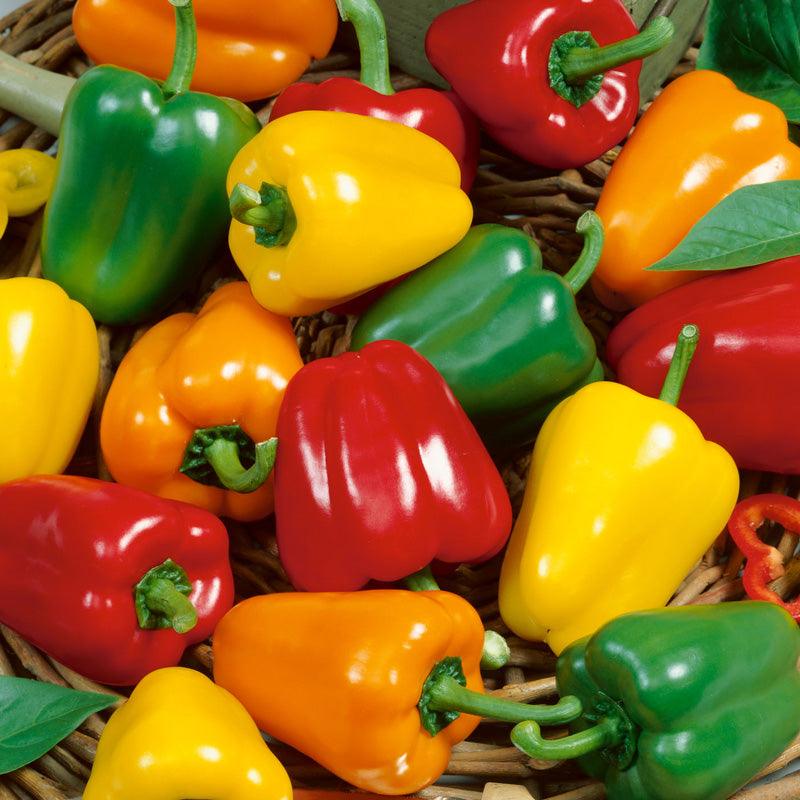
All Vegetable Seeds
Grow a vibrant and productive garden with our extensive selection of vegetable...
-
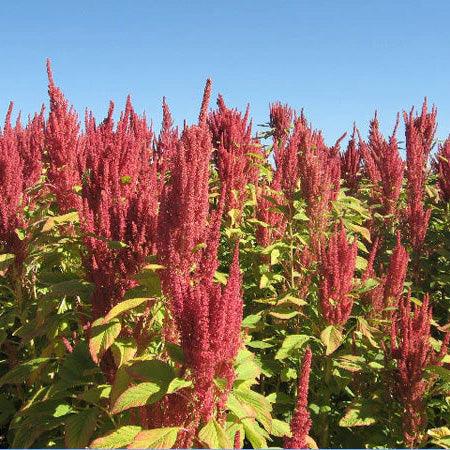
Amaranth Seeds
Amaranth Seeds – A Drought-Tolerant Superfood & Ornamental Beauty Amaranth (Amaranthus spp.)...
-
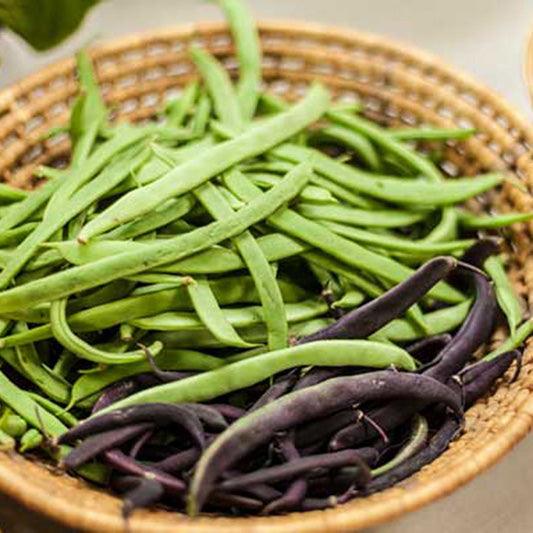
Bean Seeds
In the realm of garden staples, few contenders are as versatile, nutritious,...
-
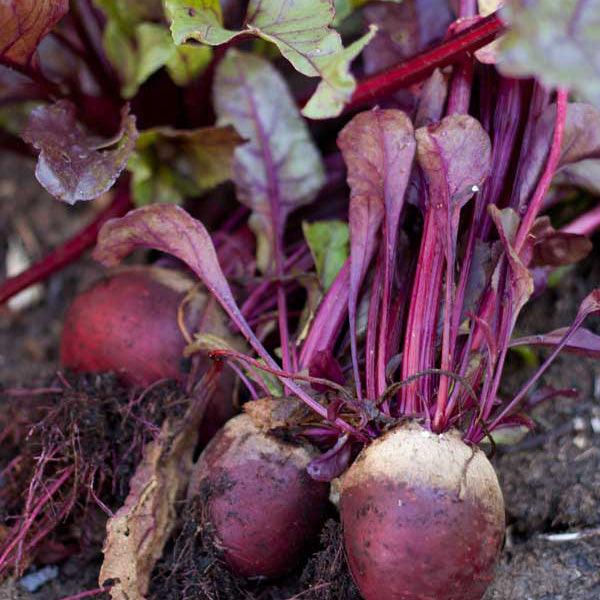
Beet Seeds
Growing beet seeds is a rewarding venture that offers vibrant, nutritious crops...
-
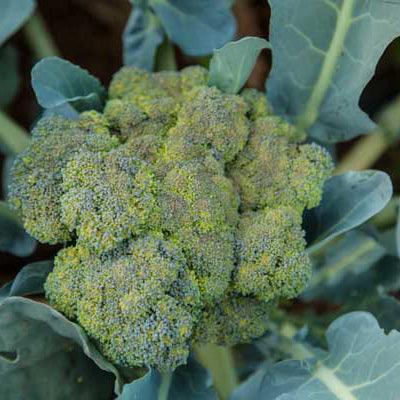
Broccoli Seeds
Growing broccoli from seeds can be a rewarding endeavor, offering a nutrient-rich...
-
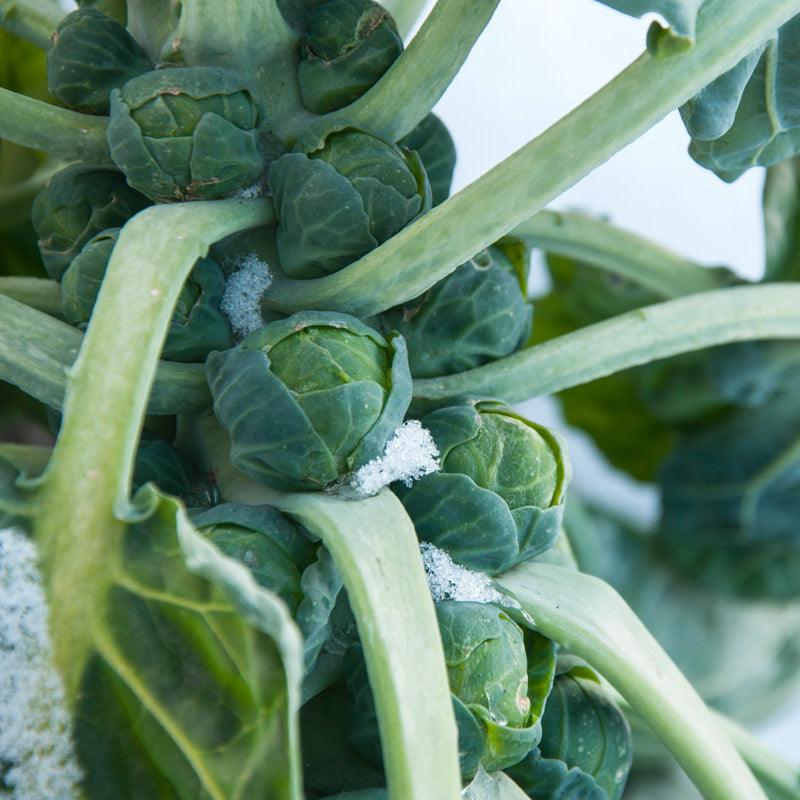
Brussels Sprout Seeds
Brussels sprouts are a member of the brassica family, which also includes...
-
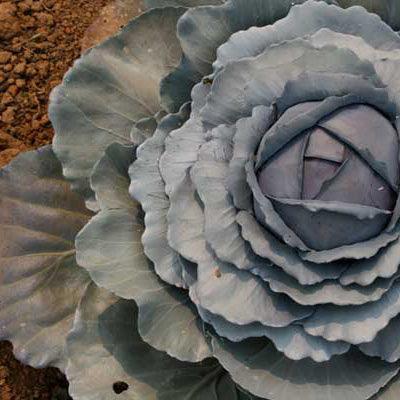
Cabbage Seeds
Cabbage, a leafy vegetable often associated with its vibrant green hue, offers...
-
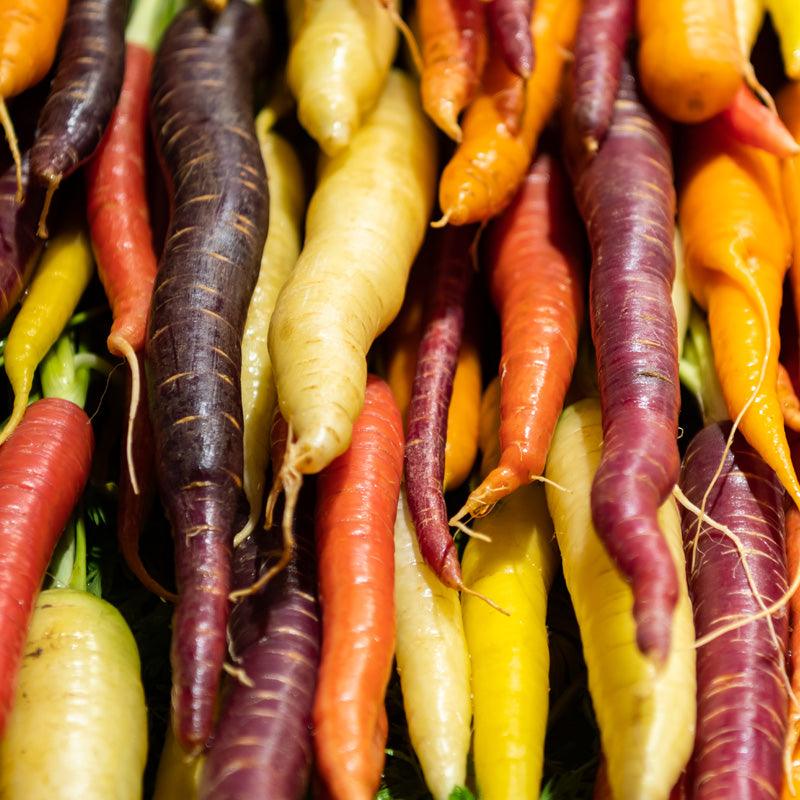
Carrot Seeds
Carrots are a type of root vegetable that is typically orange in...
-
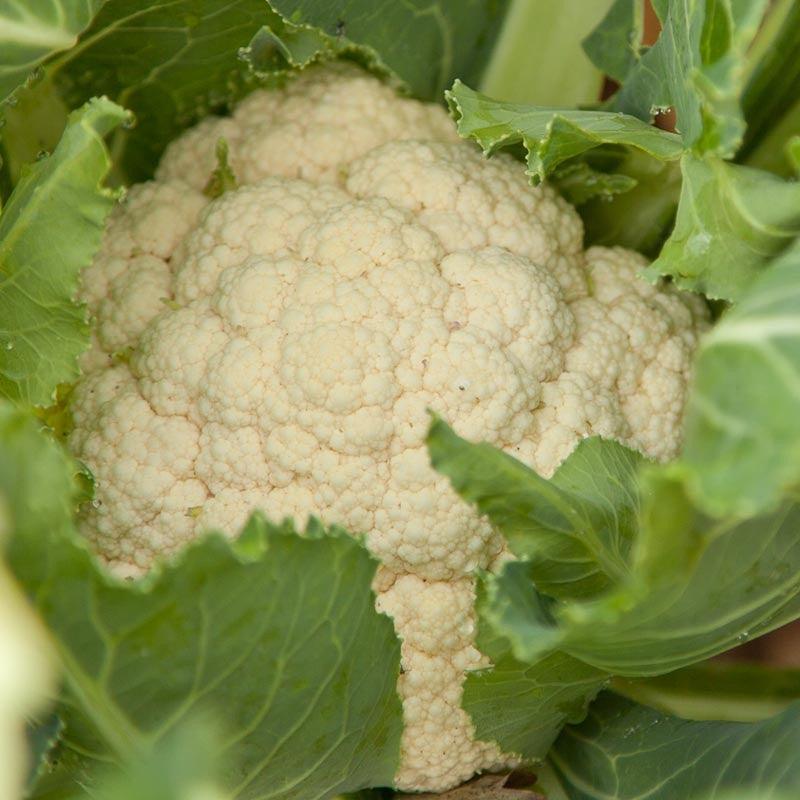
Cauliflower Seeds
Exploring a Variety of Cauliflower Seeds Cauliflower (Brassica oleracea var. botrytis) is...
-
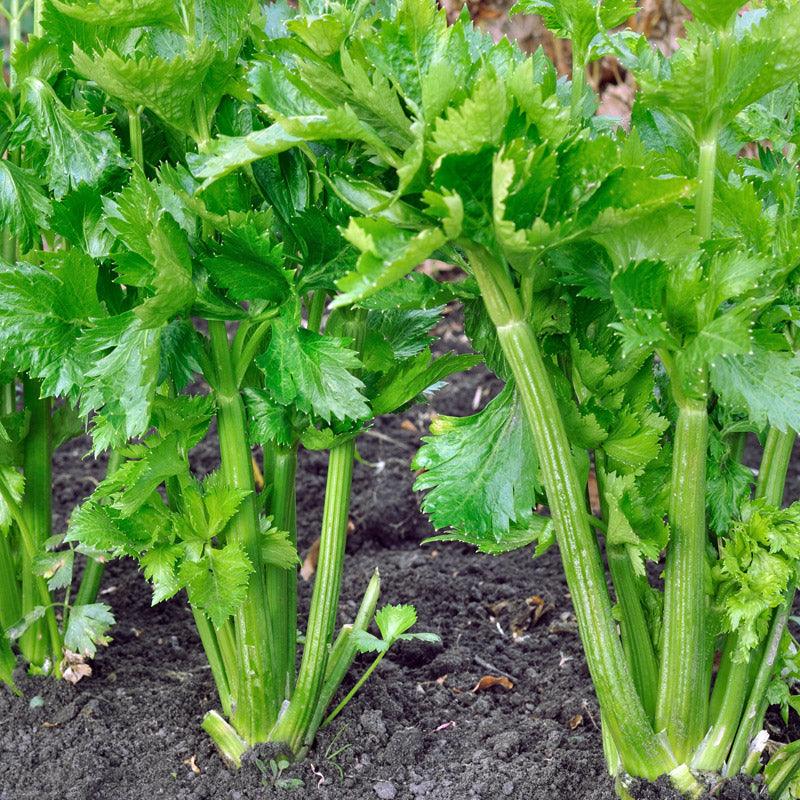
Celery Seeds
Celery Seeds – Organic & Heirloom Varieties Discover a wide selection of...
-
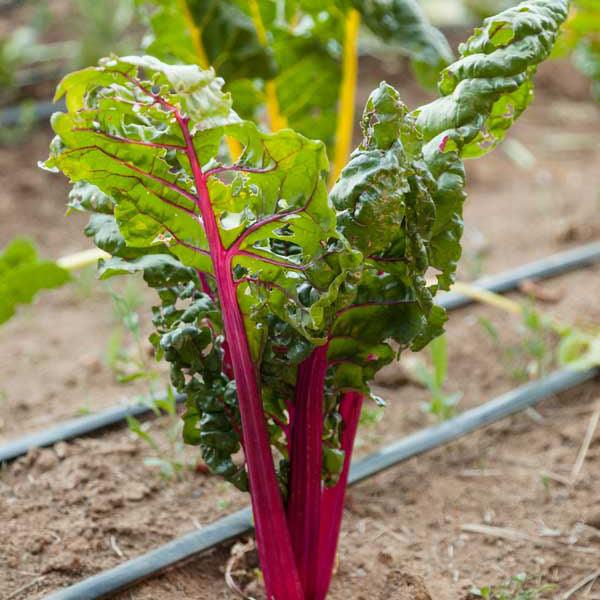
Chard Seeds
Chard Seeds: A Versatile Addition to Your Garden Chard is scientifically known...
-
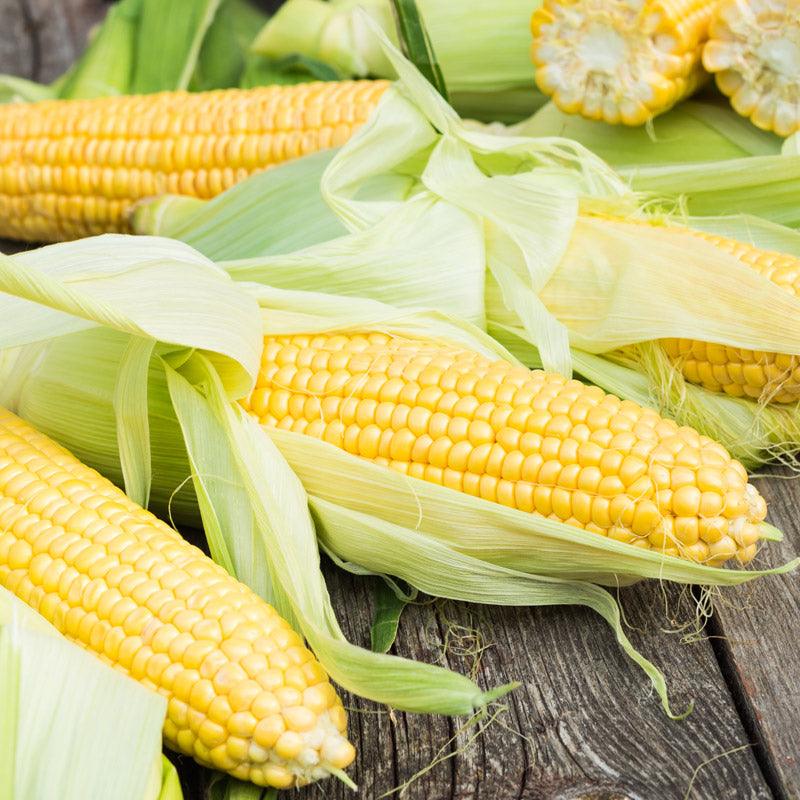
Corn Seeds
Corn is a beloved staple of summertime meals, known for its tender,...
-
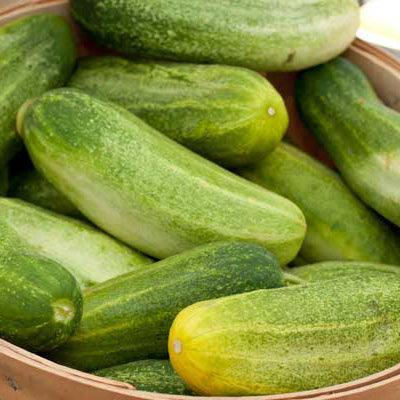
Cucumber Seeds
Certified Organic Cucumber Seeds for Every Garden Our selection of organic cucumber...
-
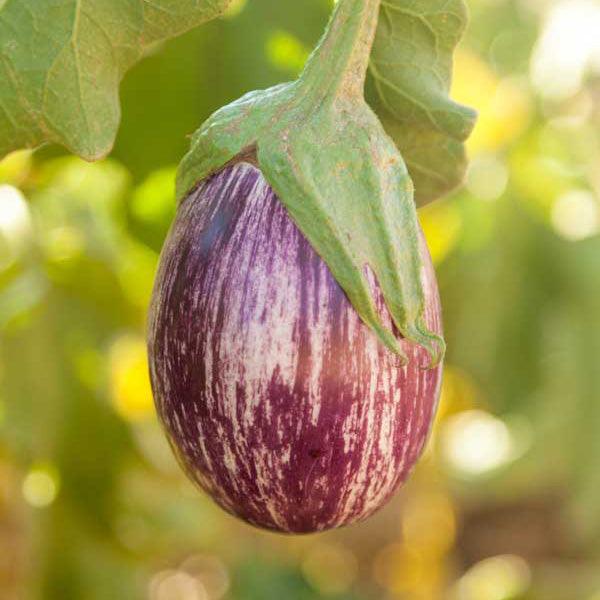
Eggplant Seeds
Eggplant Seeds: A Versatile Addition to Your Garden Eggplants, scientifically known as...
-
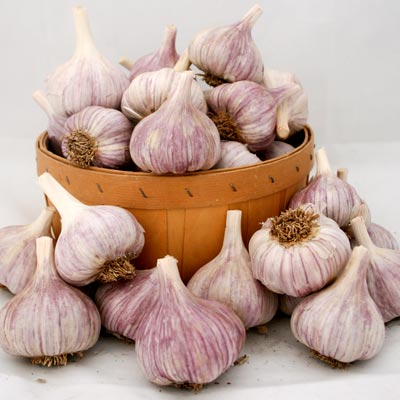
Seed Garlic
Grow a delicious and dependable garlic crop with Peaceful Valley garlic seeds...
-
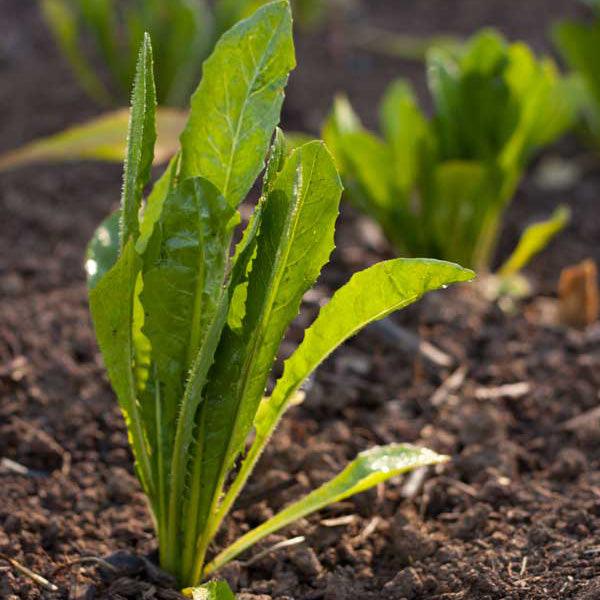
Greens Seeds
Greens seeds open up a world of culinary possibilities, offering a...
-
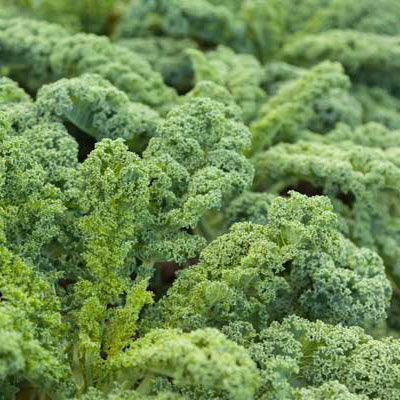
Kale Seeds
Kale, a nutritious and versatile leafy green, enjoys popularity among gardeners and...
-
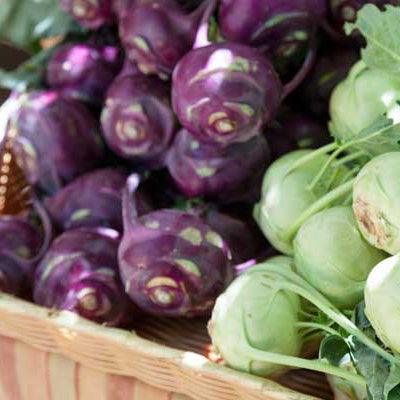
Kohlrabi Seeds
Kohlrabi Seeds: A Guide to Varieties and Cultivation Kohlrabi, with its unique...
-
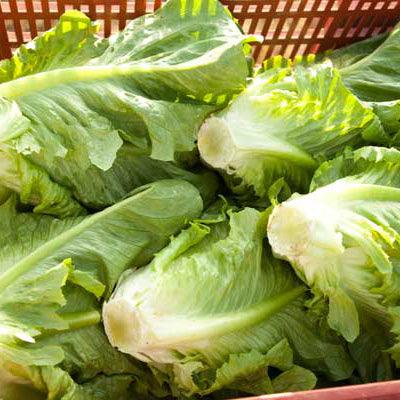
Lettuce Seeds
Lettuce, an essential part of numerous culinary dishes, is a cool-season crop...
-
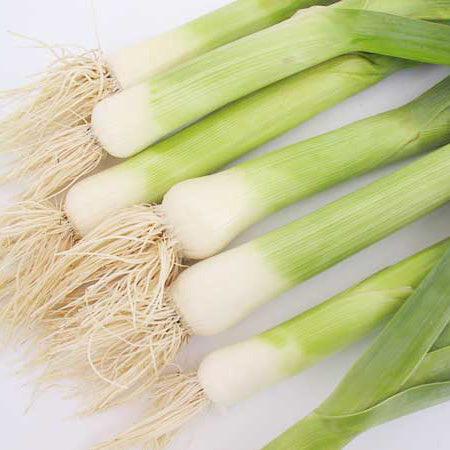
Leek Seeds
The leek is a vegetable that is closely related to onions, shallots,...
-
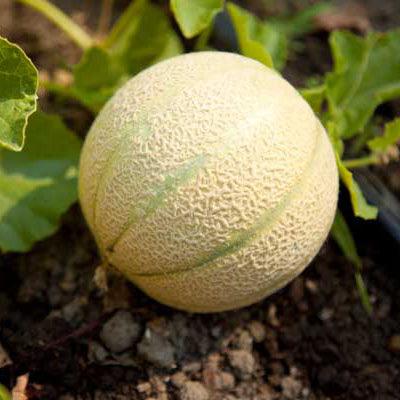
Melon Seeds
Melons, a delightful addition to the gourd family, present a diverse array...
-
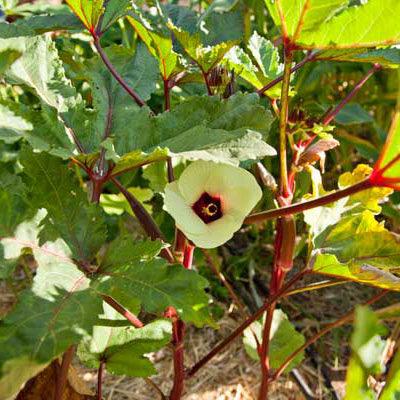
Okra Seeds
Okra, scientifically known as Abelmoschus esculentus, is a versatile and nutritious vegetable...
-
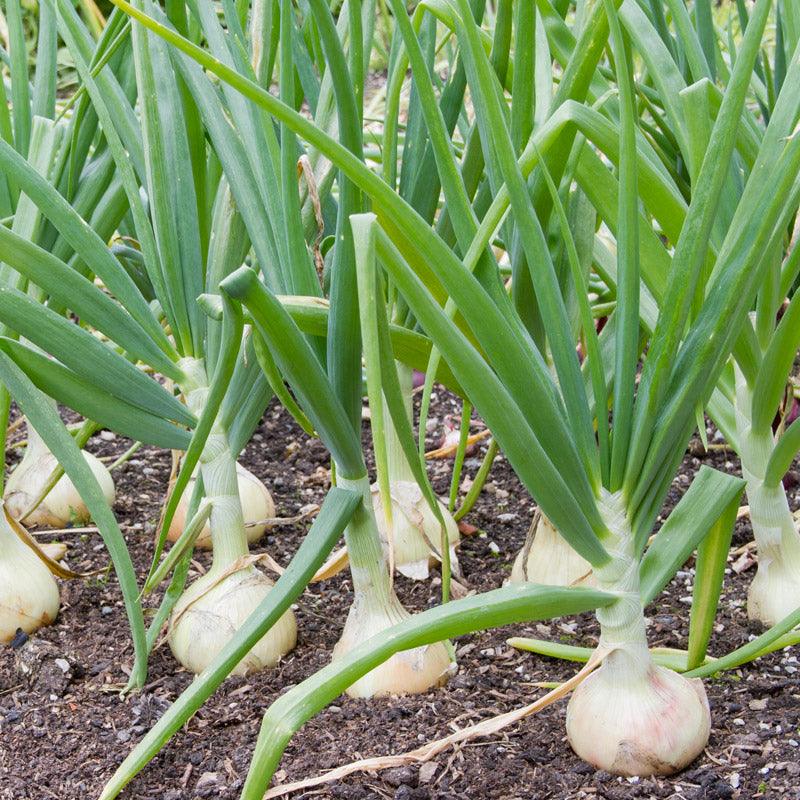
Onion Seeds
Onion Seeds Onions are a staple in many kitchens around the world....
-
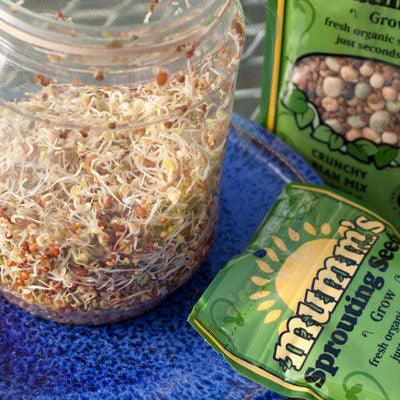
Sprouting Seeds
Organic Sprouting Seeds: The Key to a Nutritional Powerhouse Sprouting is an...
-
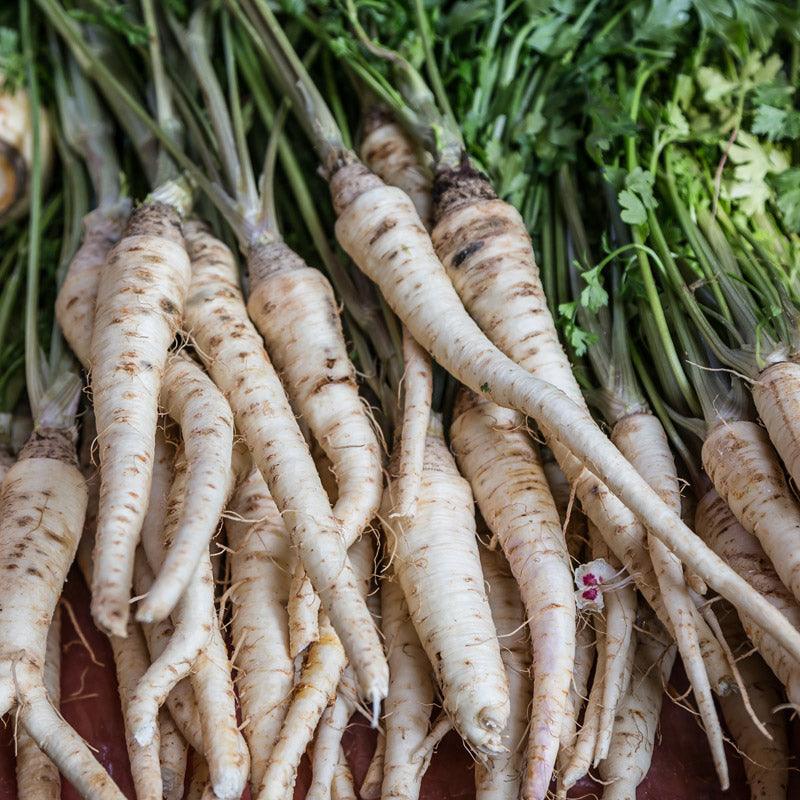
Parsnip Seeds
Parsnip seeds offer the opportunity to cultivate a versatile and nutritious root...
-
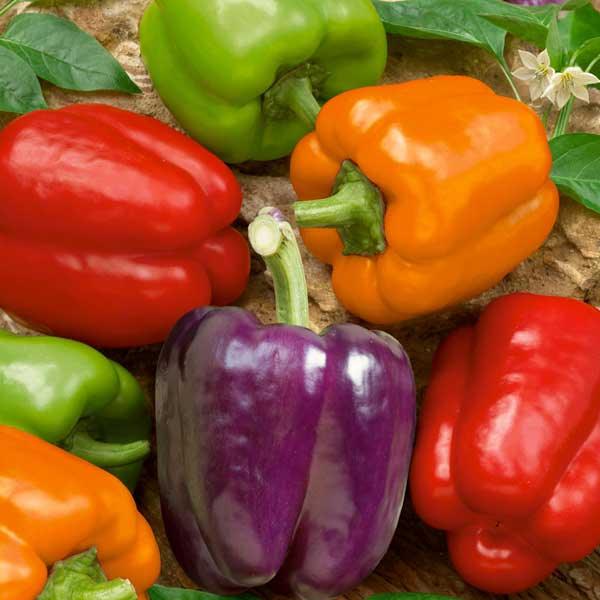
Pepper Seeds
Growing bell pepper seeds can be a fulfilling experience, offering an array...
-

Pumpkin Seeds
Growing pumpkin seeds can be an exciting venture, encompassing both culinary delights...
-
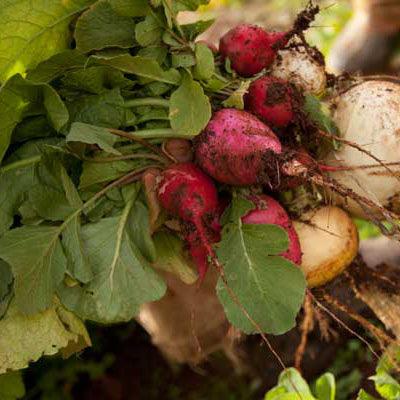
Radish Seeds
Radishes, those vibrant and peppery jewels of the vegetable world, are a...
-
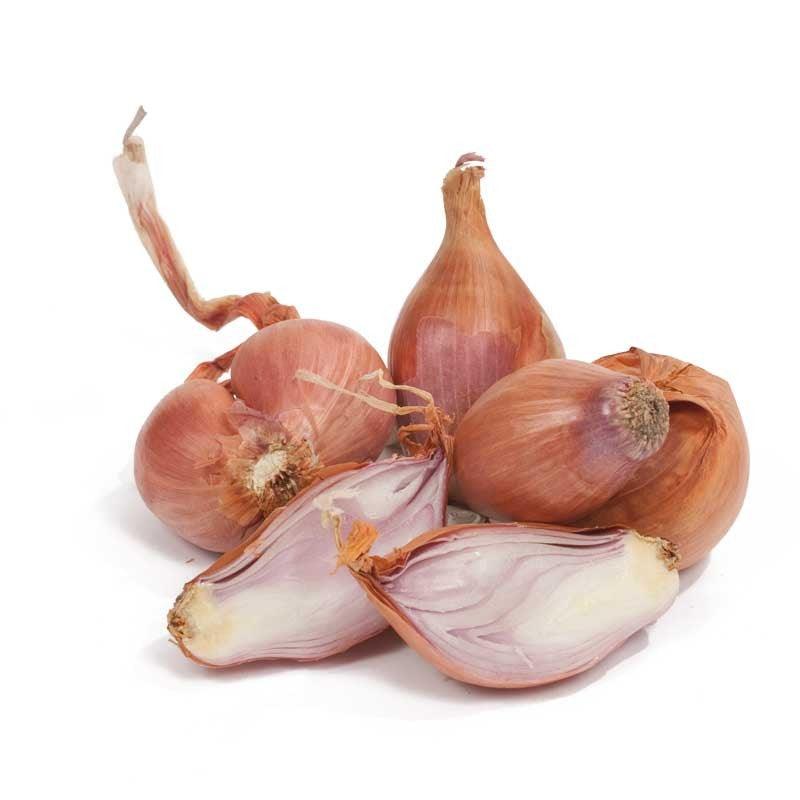
Seed Shallots
Certified organic seed shallots are a valuable addition to any fall garden,...
-
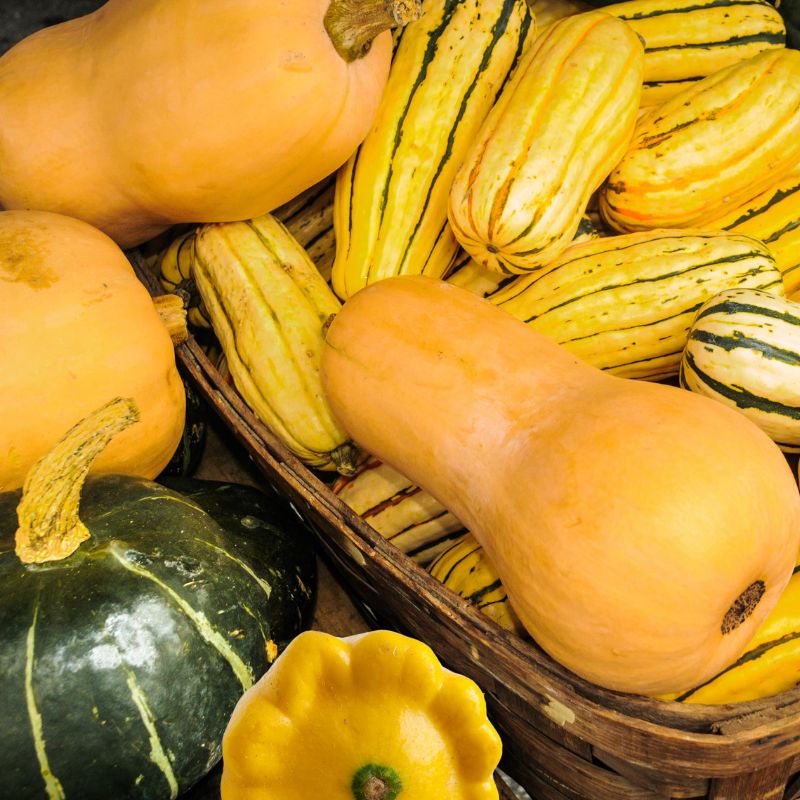
Squash Seeds
Squashes are a remarkable group of vegetables that offer abundant shapes, sizes,...
-
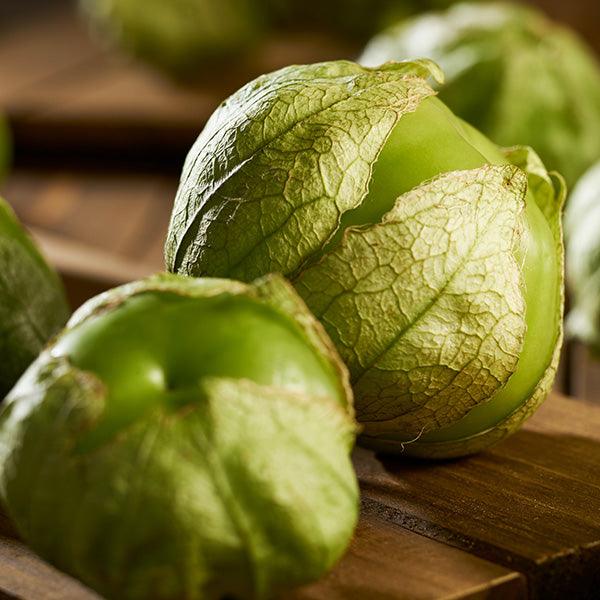
Tomatillo Seeds
A Guide to Growing and Enjoying Fresh Tomatillos Tomatillos are a versatile...
-
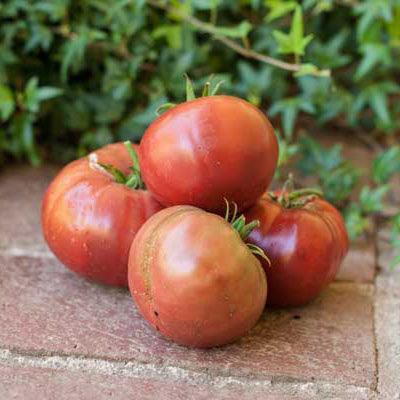
Tomato Seeds
Embarking on the Journey of Growing Tomatoes The world of tomatoes is...
-
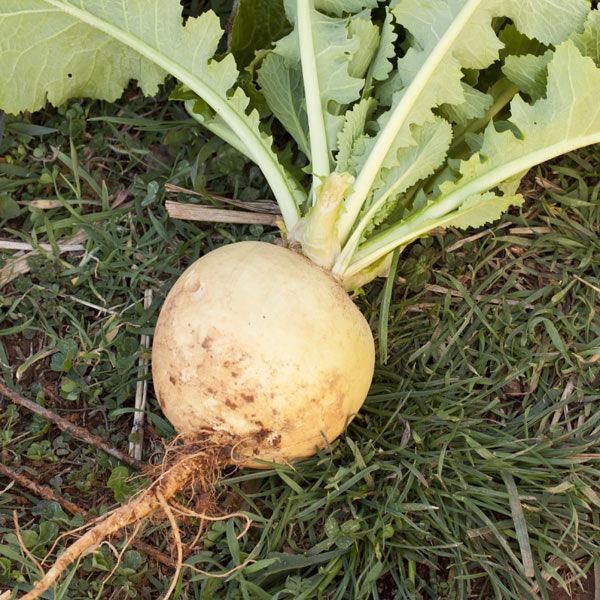
Turnip Seeds
Introduction to Turnip Seeds Turnip seeds (Brassica rapa) are a versatile and...
-
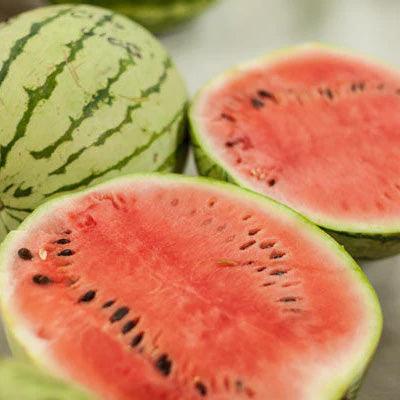
Watermelon Seeds
Growing Watermelons: A Juicy Endeavor Watermelons, scientifically known as Citrullus lanatus, are...
-
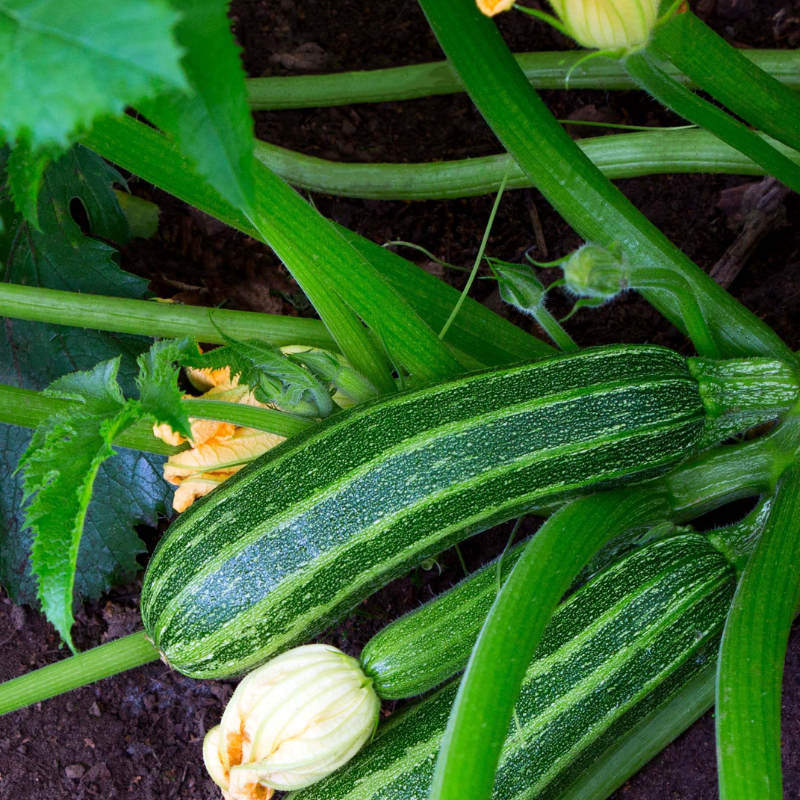
Zucchini Seeds
Grow Nutritious Summer Squash at Home Zucchini is one of the most...
Herb Seeds
-

All Herb Seeds
Growing herbs from seeds is a rewarding endeavor and an economical way...
-
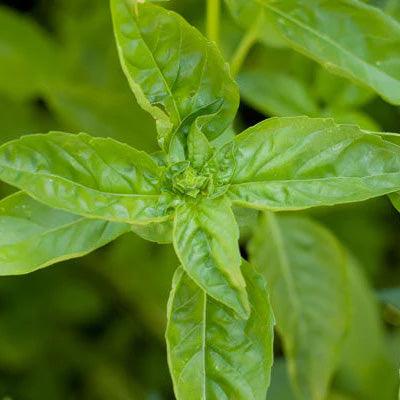
Basil Seeds
Basil from Seed Growing basil from seed is a rewarding and straightforward...
-

Borage Seeds
Borage Seeds: A Versatile Addition to Your Garden Borage seeds are...
-

Calendula Seeds
Calendula Seeds: A Blooming Delight Calendula, also known as marigold, is a...
-
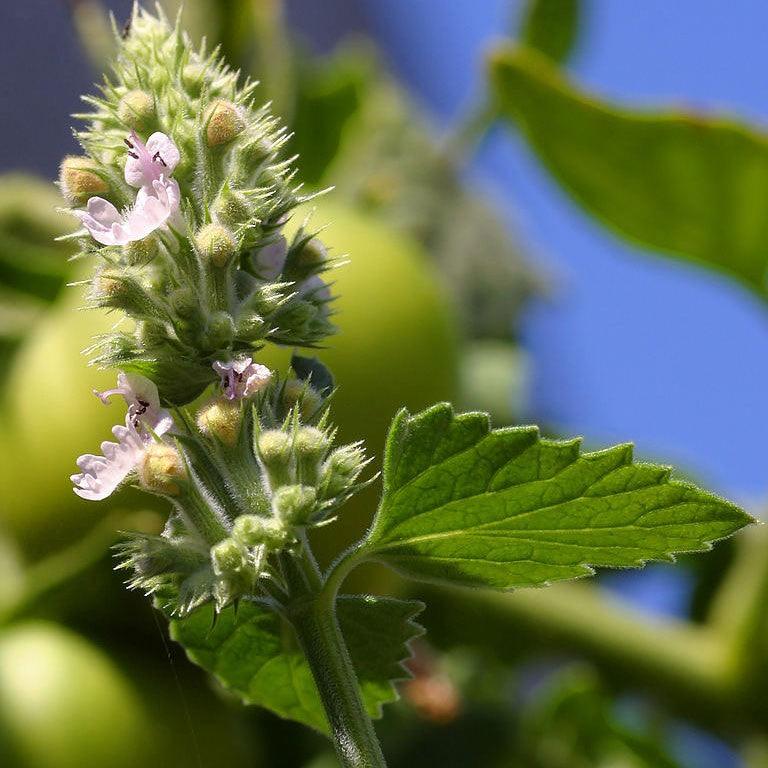
Catnip Seeds
Growing catnip: Growing catnip presents a straightforward and rewarding experience, offering not...
-

Chamomile Seeds
Chamomile Seeds: A Guide to Cultivating Tranquility Chamomile: A Versatile Herb Chamomile,...
-
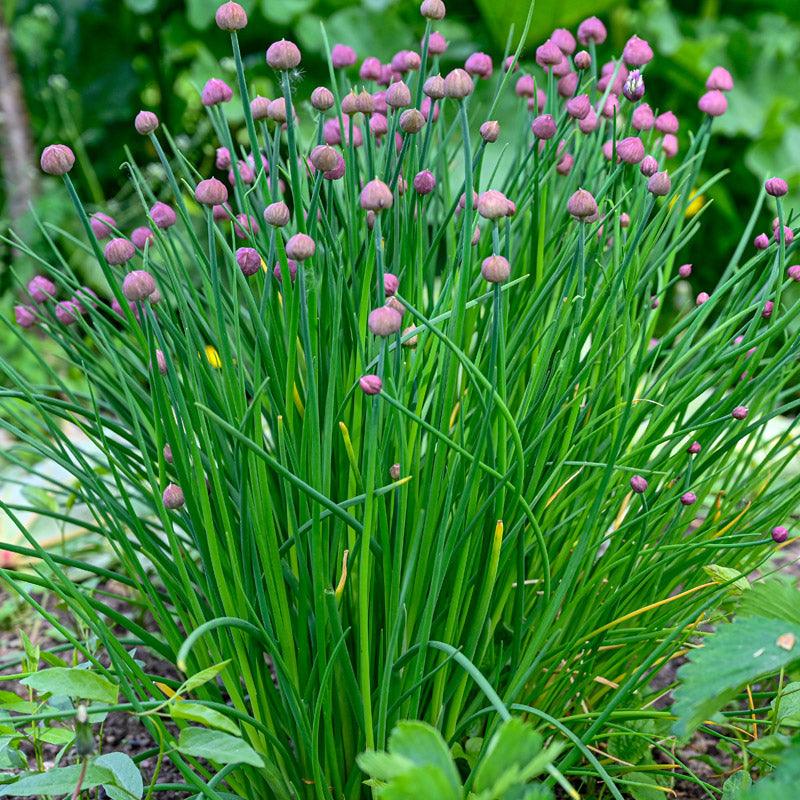
Chive Seeds
Chive Seeds: A Versatile Addition to Your Garden Chive seeds offer a...
-
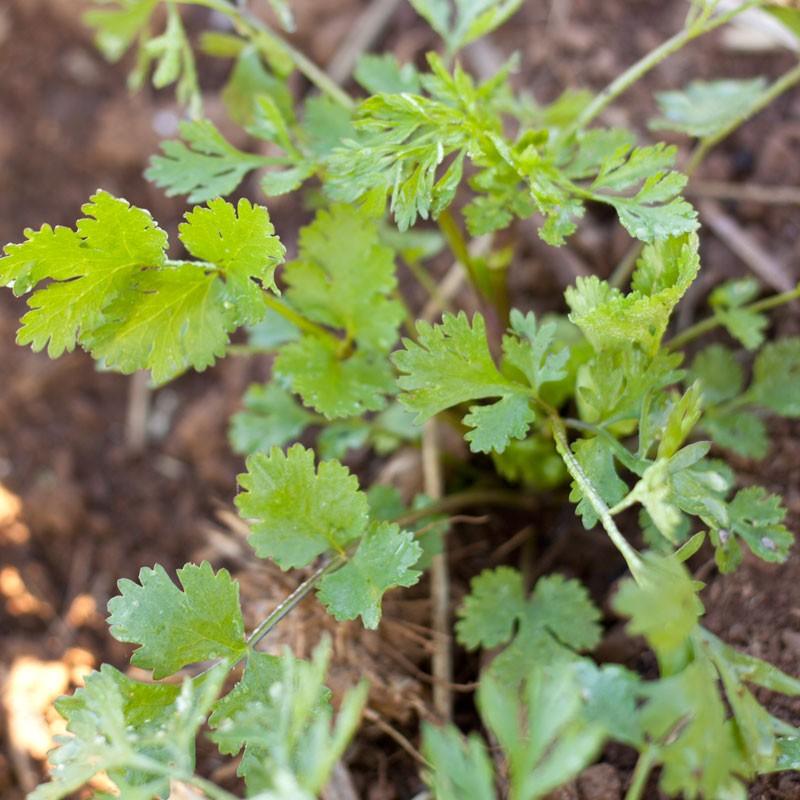
Cilantro Seeds
Growing Cilantro Seeds: Varieties and Tips Cilantro (Coriandrum sativum) is a versatile...
-
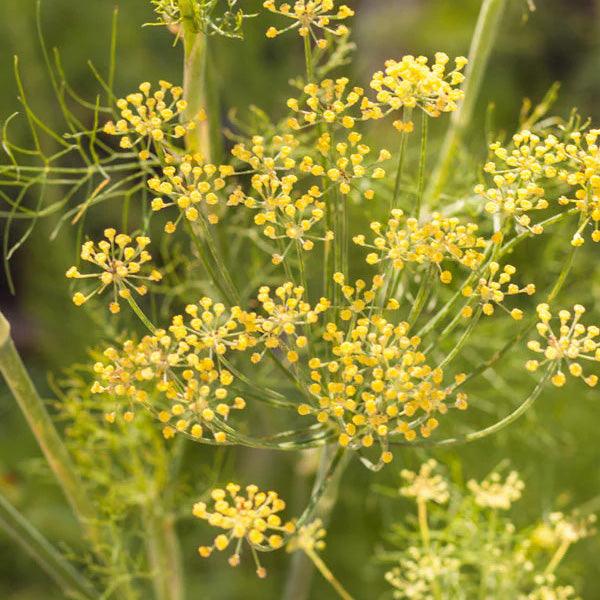
Dill Seeds
Introduction to Dill Seeds Dill seeds, scientifically known as Anethum graveolens, are...
-
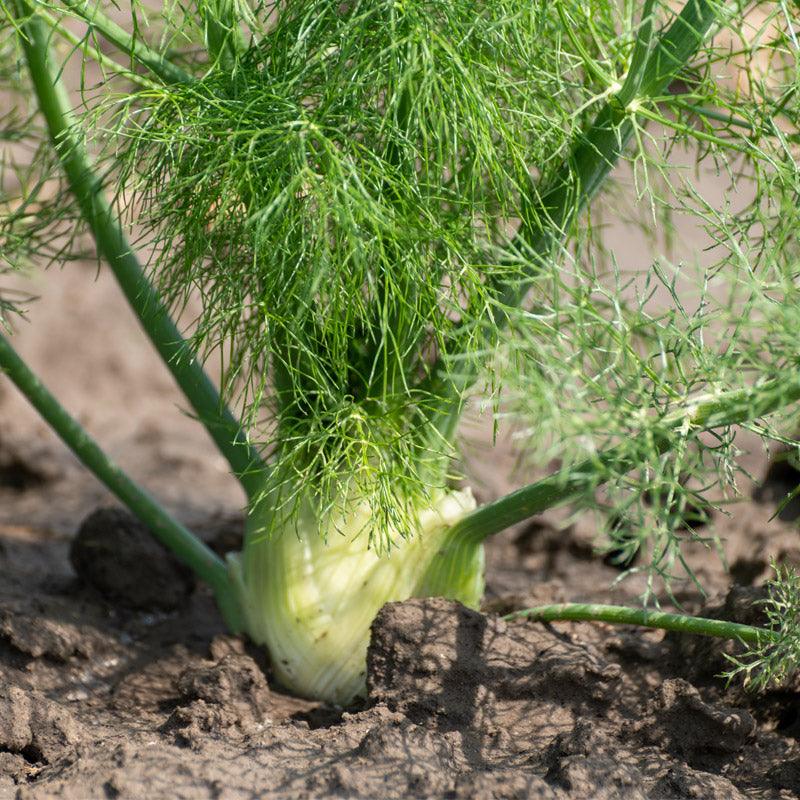
Fennel Seeds
Fennel seeds, derived from the Foeniculum vulgare plant, are among the best...
-

Lavender Seeds
Organic Lavender Seeds: Buy Lavender Seeds for Sale and Grow a Fragrant...
-

Mint Seeds
Mint Seeds: A Versatile Addition to Your Garden Mint seeds are...
-
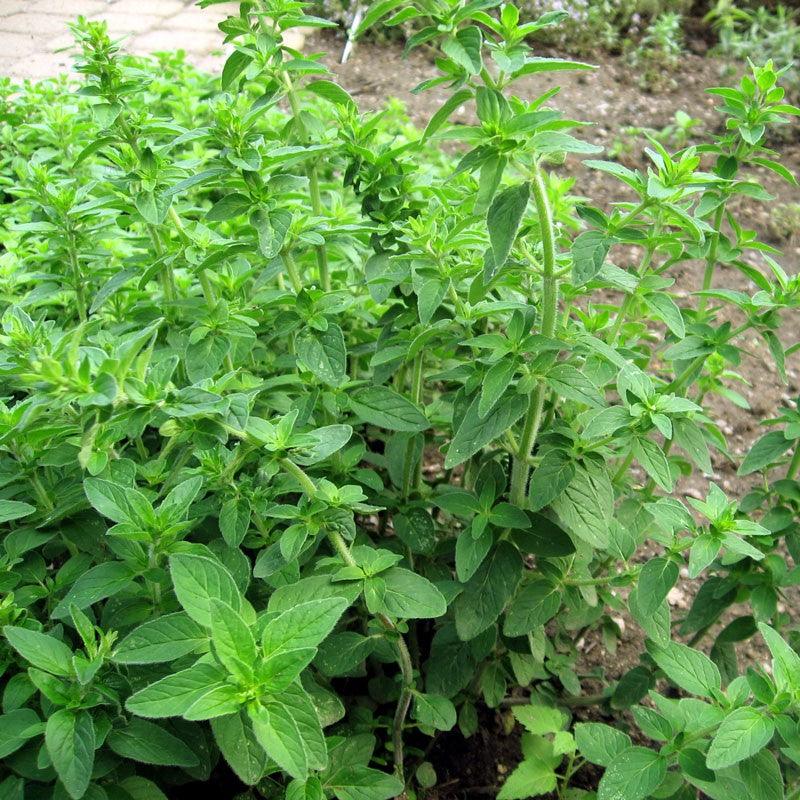
Oregano Seeds
Introduction to Oregano Seeds Oregano is a popular herb known for...
-
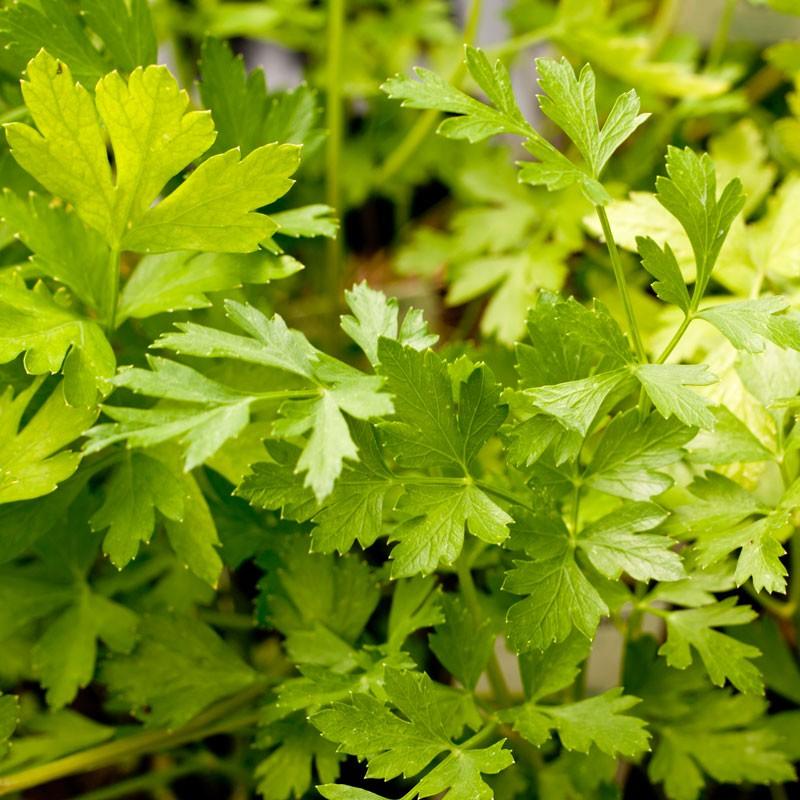
Parsley Seeds
Growing Parsley Seeds Parsley, a versatile herb known for its vibrant green foliage...
-

Rosemary Seeds
Growing rosemary, a versatile herb with a myriad of culinary and ornamental...
-
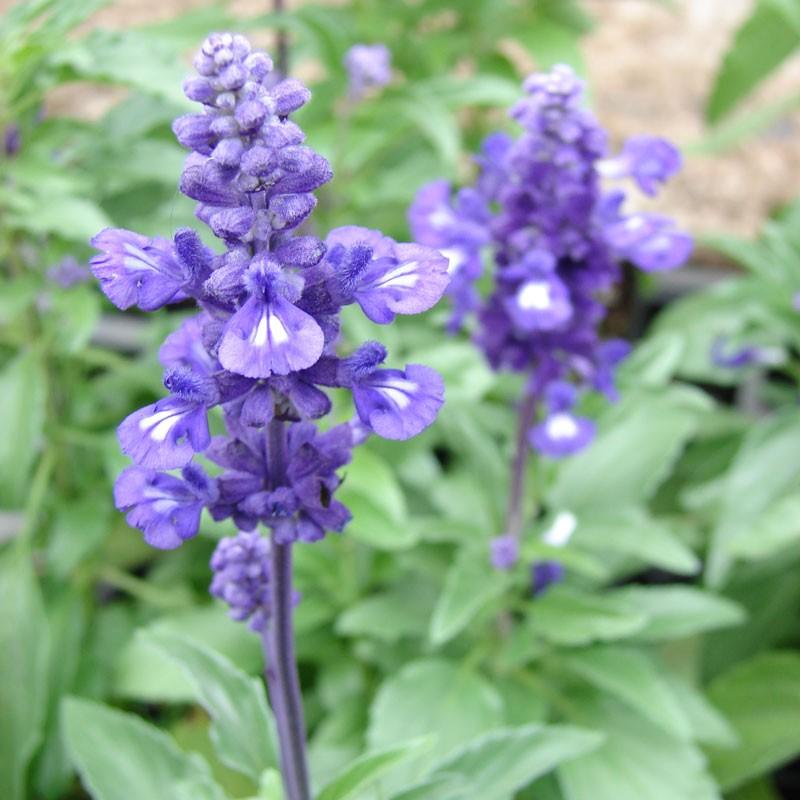
Sage Seeds
Introduction to Sage Seeds Sage, known scientifically as Salvia officinalis, is a...
-

Tarragon Seeds
Tarragon Seeds: A Guide to Growing and Cultivating Your Own Add...
-

Thyme Seeds
Grow your own fragrant and resilient thyme with our curated collection of...
Flower Seeds
-

All Flower Seeds
Growing Flowers from Seed: A Comprehensive Guide to Organic and Non-GMO Flower...
-

Annual Flower Seeds
Easy-to-Grow Annual Flowers for a Beautiful, Vibrant Garden If you’re looking for...
-

Perennial Flower Seeds
Perennial flowers are nature's gift to gardeners, offering enduring beauty that returns...
-
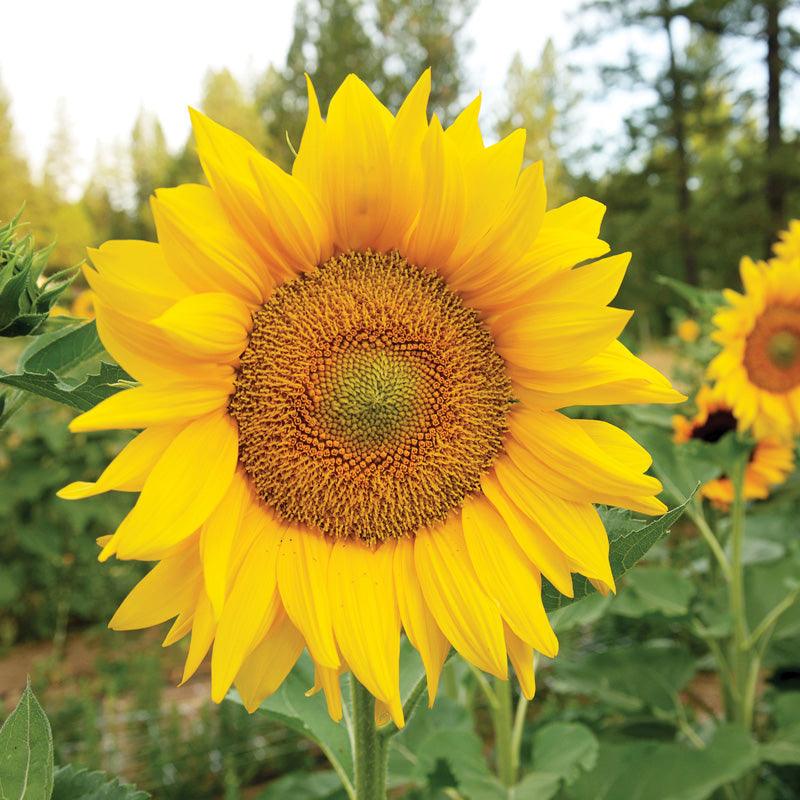
Sunflower Seeds
Organic Sunflower Seeds - Best Organic Sunflower Seeds for Planting this Season...
-

Wildflower Seeds
Bring Your Garden to Life with Organic Wildflower Seeds Enhance your landscape...
Bulk Seeds
-
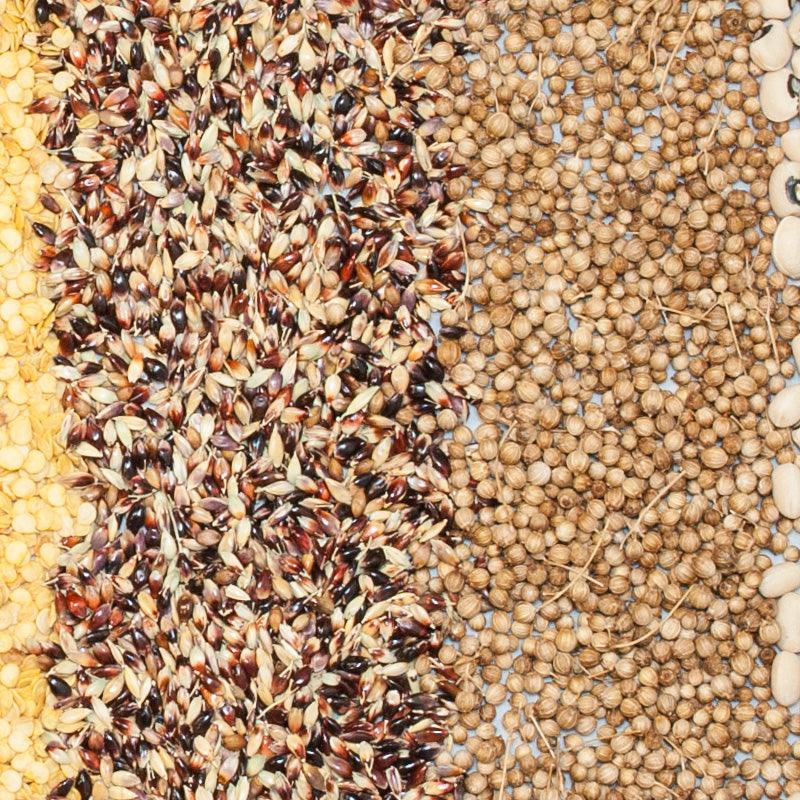
Bulk Herb Seeds
Bulk Herb Seeds: A Gardener's Guide Whether you're an experienced gardener or...
-
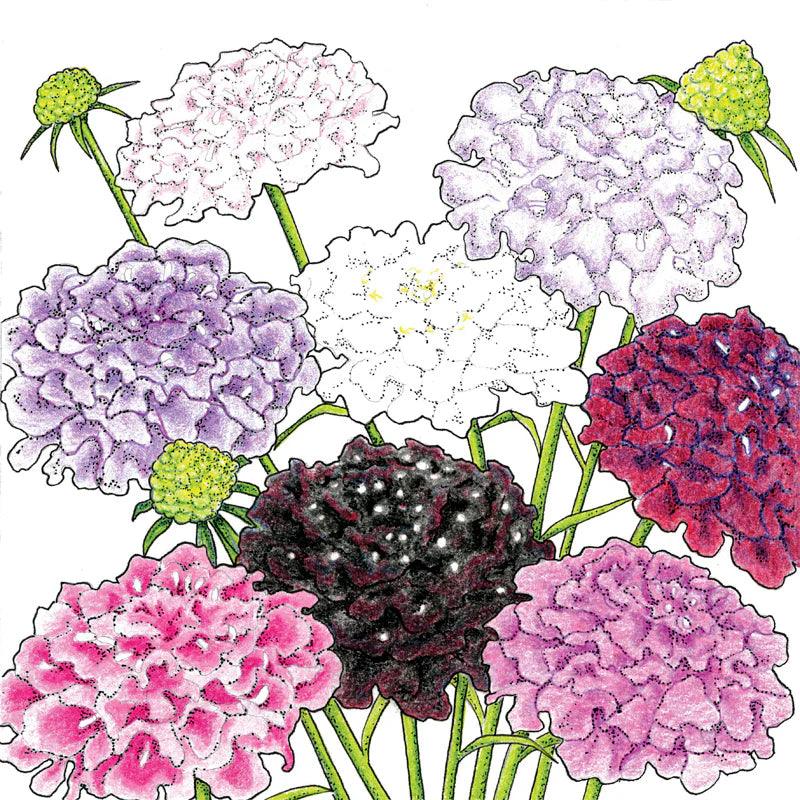
Bulk Organic Flower Seeds
Investing in bulk organic flower seeds can transform your garden into a...
-
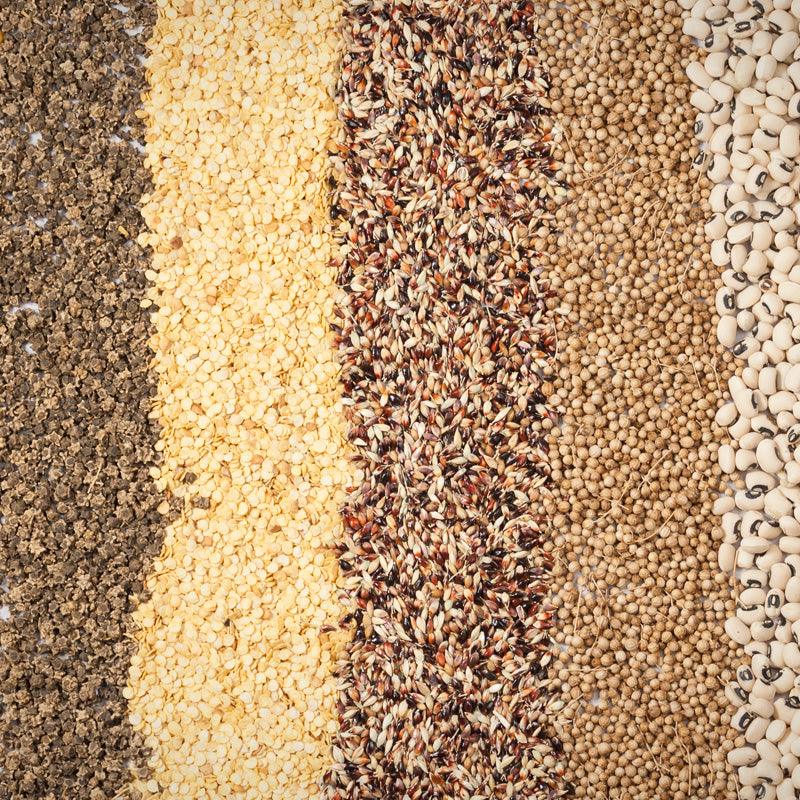
Bulk Veggie Seeds
Bulk Vegetable Seeds Bulk vegetable seeds are a convenient and cost-effective way...
Special Mixes & Collections
-
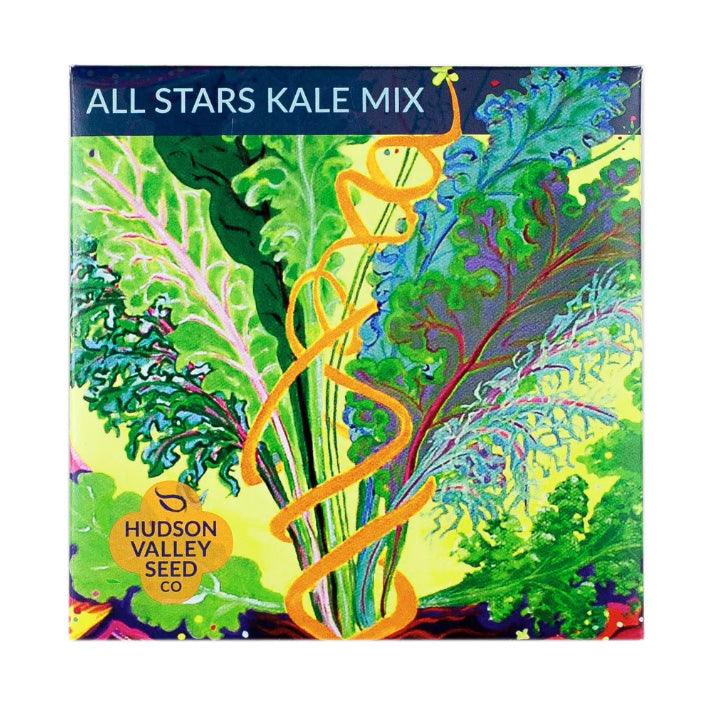
Hudson Valley Seed Company
Hudson Valley Seed Company is a renowned purveyor of heirloom and open-pollinated...
-
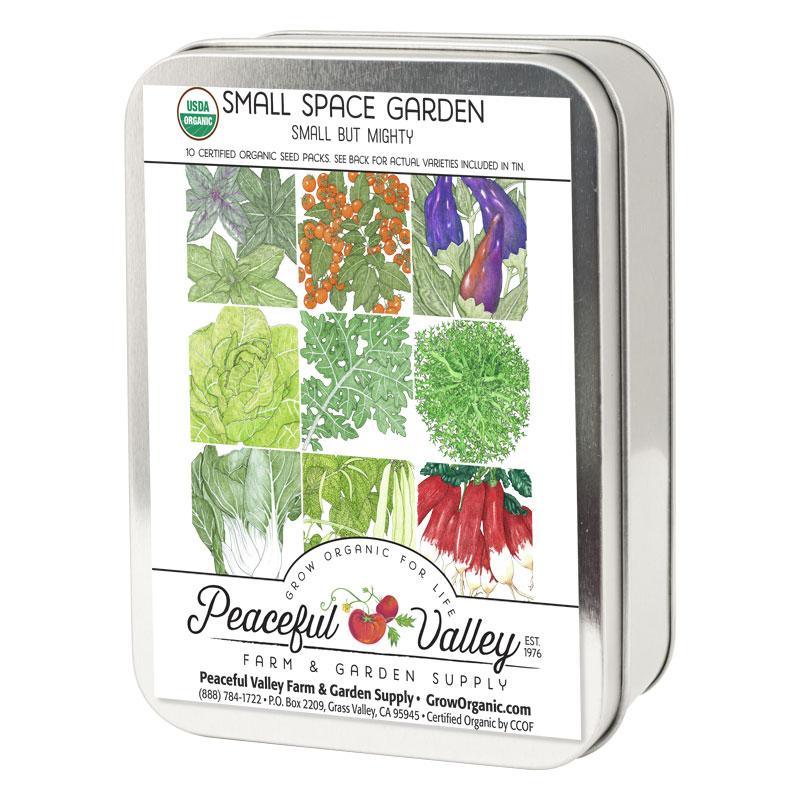
Gift Seed Tin Collection
Discover Unique Gift Seed Collection Products Looking for the perfect gift for...
-

Save the Monarch Kits
More information on attracting pollinators can be found in our Resource Center.
Top Sellers
-
New
Organic Black Berry Seed Potato (lb)
Regular price $7.99Regular priceUnit price per$7.99Sale $7.99EST. availability: 11/7/2025 -
New
Organic Green Mountain Seed Potato (lb)
Regular price $7.99Regular priceUnit price per$7.99Sale $7.99EST. availability: 11/7/2025 -
New
Organic Masquerade Seed Potato (lb)
Regular price $7.99Regular priceUnit price per$7.99Sale $7.99EST. availability: 11/7/2025 -
New
Organic Purple Violet Seed Potato (lb)
Regular price $7.99Regular priceUnit price per$7.99Sale $7.99EST. availability: 11/7/2025 -
New
Organic Messidor Garlic (lb)
Regular price $34.95Regular priceUnit price per -
Sale
Valencia Tomato Seeds (Organic)
Regular price $3.49Regular priceUnit price per$3.99Sale $3.49Sale -
Sale
Shishito Pepper Seeds (Organic)
Regular price $3.99Regular priceUnit price per$4.49Sale $3.99Sale -
Sale
Green Finger Cucumber Seeds (Organic)
Regular price $3.49Regular priceUnit price per$3.99Sale $3.49Sale -
Sale
Purslane Greens Seeds (Organic)
Regular price $2.99Regular priceUnit price per$3.99Sale $2.99Sale -
Greek Oregano Seeds (Organic)
Regular price $4.49Regular priceUnit price per$3.99Sale $4.49 -
Matt's Wild Cherry Cherry Tomato Seeds (Organic)
Regular price $3.99Regular priceUnit price per$3.99Sale $3.99 -
Pak Choi Baby Shanghai Greens Seeds (Organic)
Regular price $3.99Regular priceUnit price per$3.99Sale $3.99 -
Sale
Romaine, Jericho Lettuce Seeds (Organic)
Regular price $3.49Regular priceUnit price per$3.99Sale $3.49Sale -
Parisian Carrot Seeds (Organic)
Regular price $3.99Regular priceUnit price per$3.99Sale $3.99 -
New
Kapoor Tulsi Seeds (Organic)
Regular price $3.49Regular priceUnit price per$3.99Sale $3.49Sale -
Sale
Dragon Carrot Seeds (Organic)
Regular price $2.99Regular priceUnit price per$3.99Sale $2.99Sale -
New
Kaleidoscope Mix Nasturtium Seeds (Organic)
Regular price $3.49Regular priceUnit price per$3.99Sale $3.49Sale -
Pinto Bean Seeds (Organic)
Regular price $3.99Regular priceUnit price per$3.99Sale $3.99 -
New
Who Gets Kissed Corn Seeds (Organic)
Regular price $3.49Regular priceUnit price per$3.99Sale $3.49Sale -
Bull's Blood Beet Seeds (Organic)
Regular price $3.99Regular priceUnit price per$3.99Sale $3.99 -
Sale
Brandywine Black Tomato Seeds (Organic)
Regular price $3.49Regular priceUnit price per$3.99Sale $3.49Sale -
Sale
Purple Top White Globe Turnip Seeds (Organic)
Regular price $3.49Regular priceUnit price per$3.99Sale $3.49Sale -
Bi-color Cherry Tomato Seeds (Organic)
Regular price $3.99Regular priceUnit price per$3.99Sale $3.99 -
Sale
Sweetie Tomato Seeds (Organic)
Regular price $3.49Regular priceUnit price per$3.99Sale $3.49Sale -
Sale
Mini Bell Mix Sweet Pepper Seeds (Organic)
Regular price $2.99Regular priceUnit price per$3.99Sale $2.99Sale -
Mexican Tarragon Seeds (Organic)
Regular price $3.99Regular priceUnit price per$3.99Sale $3.99 -
English-Vera Lavender Seeds (Organic)
Regular price $3.99Regular priceUnit price per$3.99Sale $3.99 -
Sale
Brandywine Tomato Seeds (Organic)
Regular price $3.49Regular priceUnit price per$3.99Sale $3.49Sale -
Jack Be Little Pumpkin Seeds (Organic)
Regular price $3.99Regular priceUnit price per$3.99Sale $3.99 -
Sale
Double Yield Cucumber Seeds (Organic)
Regular price $2.99Regular priceUnit price per$3.99Sale $2.99Sale -
Sale
Beefsteak Tomato Seeds (Organic)
Regular price $2.99Regular priceUnit price per$3.99Sale $2.99Sale -
Sale
Cortland Onion Seeds (Organic)
Regular price $3.99Regular priceUnit price per$4.49Sale $3.99Sale -
Sale
Orange Calendula Seeds (Organic)
Regular price $33.99Regular priceUnit price per$34.99Sale $33.99Sale -
Sale
Black Nebula Carrot Seeds (Organic)
Regular price $30.99Regular priceUnit price per$30.99Sale $30.99Sale -
English Thyme Seeds (Organic)
Regular price $3.99Regular priceUnit price per$3.99Sale $3.99 -
Indigo Apple Tomato Seeds (Organic)
Regular price $3.99Regular priceUnit price per$3.99Sale $3.99 -
Red Ruby Chard Seeds (Organic)
Regular price $3.99Regular priceUnit price per$3.99Sale $3.99 -
Korean Licorice Mint Seeds (Organic)
Regular price $3.99Regular priceUnit price per$3.99Sale $3.99 -
Sale
Dark Green Zucchini Summer Squash Seeds (Organic)
Regular price $3.49Regular priceUnit price per$3.99Sale $3.49Sale -
Glass Gem Corn Seeds (Organic)
Regular price $4.49Regular priceUnit price per$3.99Sale $4.49 -
Butternut Winter Squash Seeds (Organic)
Regular price $3.99Regular priceUnit price per$3.99Sale $3.99 -
Garbanzo Golden Dragon Bush Bean Seeds (Organic)
Regular price $3.99Regular priceUnit price per$3.99Sale $3.99 -
Sale
Black Beauty Summer Squash Seeds (Organic)
Regular price $3.49Regular priceUnit price per$3.99Sale $3.49Sale -
Verdil Spinach Seeds (Organic)
Regular price $3.99Regular priceUnit price per$3.99Sale $3.99 -
Early Crookneck Summer Squash Seeds (Organic)
Regular price $3.99Regular priceUnit price per$3.99Sale $3.99 -
Bloomsdale Spinach Seeds (Organic)
Regular price $3.99Regular priceUnit price per$3.99Sale $3.99 -
Sage Seeds (Organic)
Regular price $3.99Regular priceUnit price per$3.99Sale $3.99 -
French Breakfast Radish Seeds (Organic)
Regular price $3.99Regular priceUnit price per$3.99Sale $3.99



